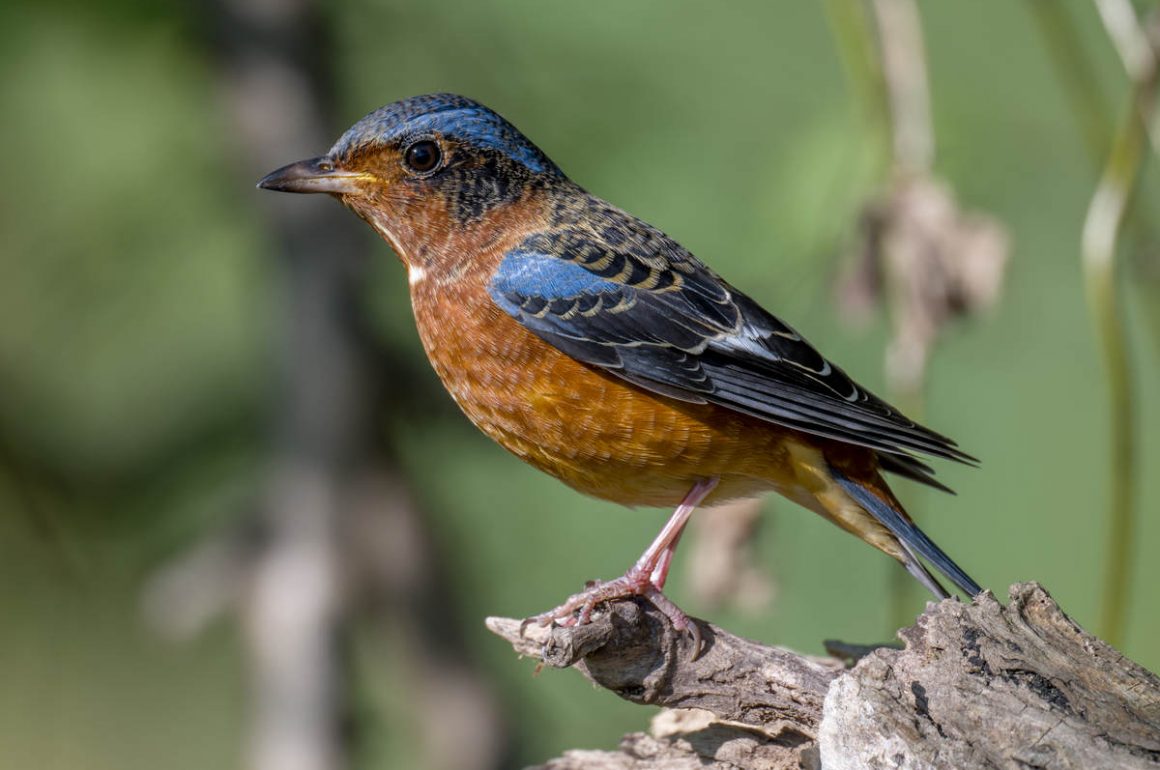
Somebody highly knowledgeable in the area of SEO (search engine optimization) strongly recommended that I should write more posts including Japanese Tits. I don’t think I will stoop that low.
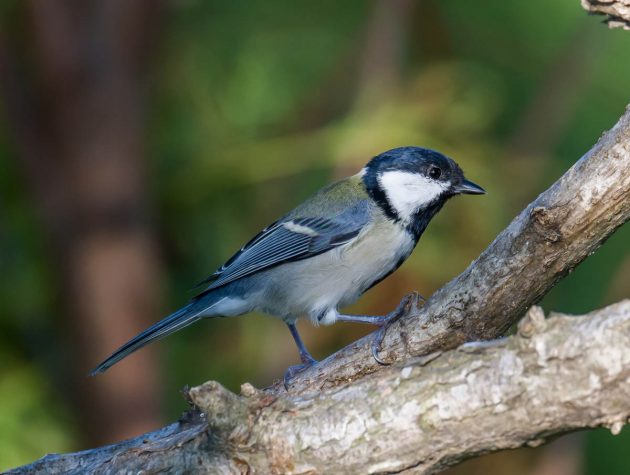
The consultant also suggested increasing readership by catering to highly specific niche interest groups. So, here is something for foot fetishists.
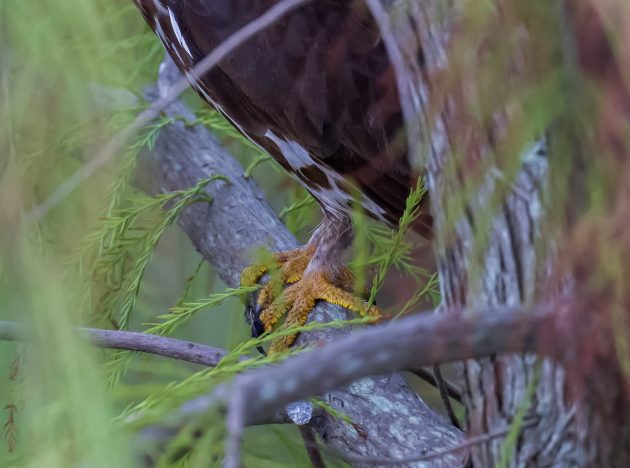
According to Wikipedia, “A lowlife is a term for a person who is considered morally unacceptable by their community”. The local Nanhui shrikes are well aware that the word “lowlife” has an owl hidden inside, and mark the appearance of owls in their territory with harsh protests.
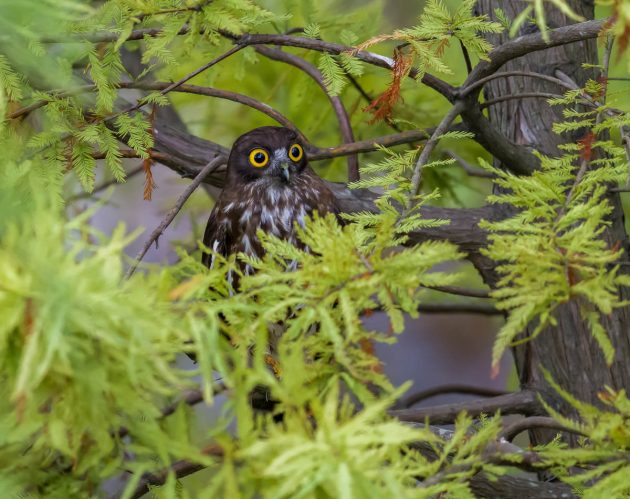
Even if they look as charming as this Northern Boobook. Well, they mainly feed on birds, which may explain their low popularity.
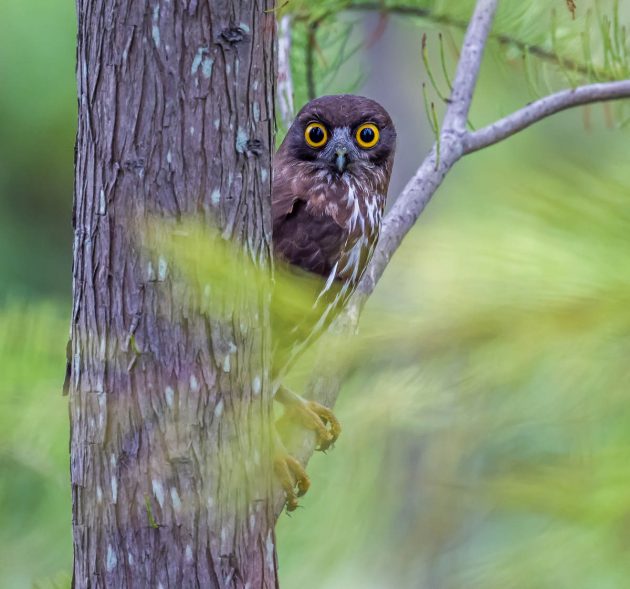
Obviously, it is a very lame joke to state that Nanhui these days has the wrong kind of cranes. Unfortunately, it is true though.

Fortunately, Oriental Magpies have a robust sense of humor and thus are not too offended by my substandard puns.
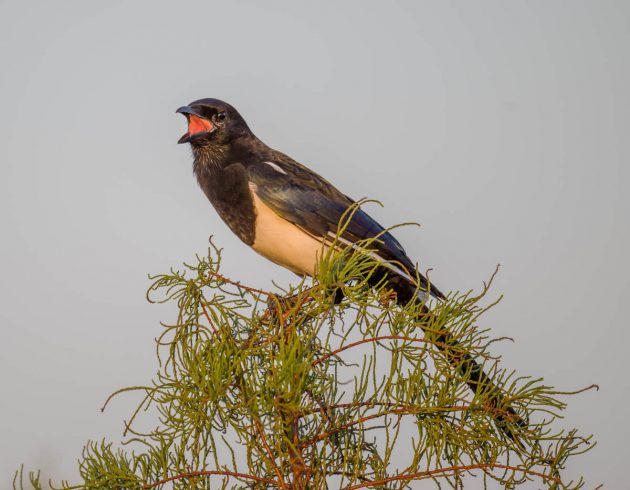
And for the third month in a row: Oriental Dollarbird. Feel free to insert your own joke about the recent strength of the US dollar here. Too difficult for me.
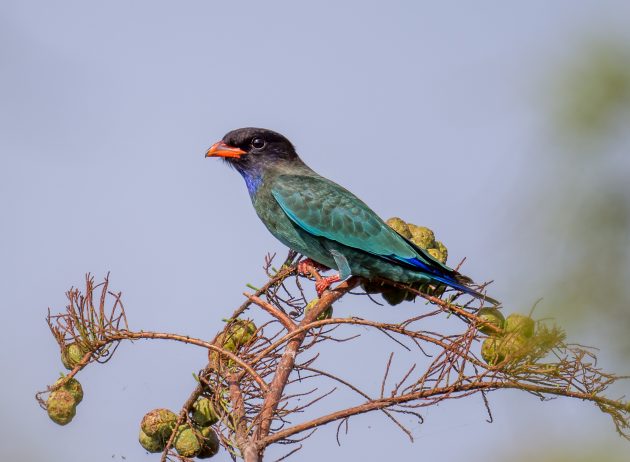
Also already shown last month but worth showing again: Siberian Thrush.
The male (juvenile) …
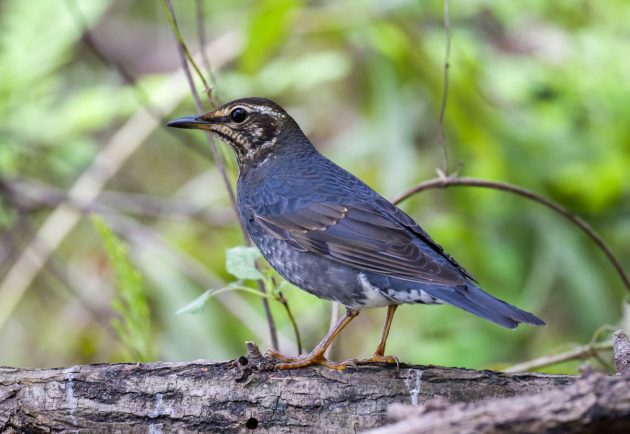
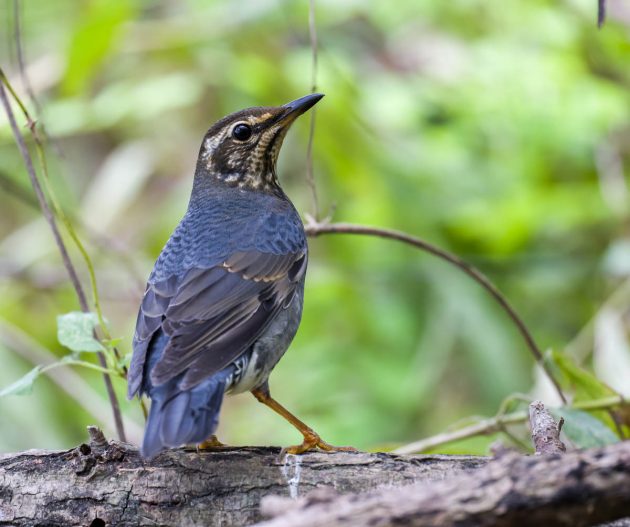
… and the female.
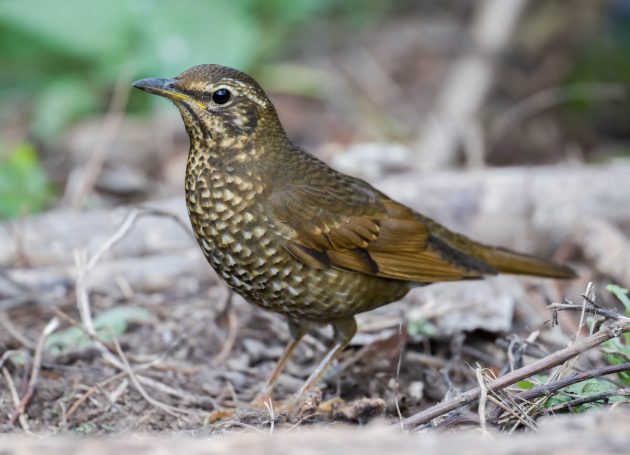
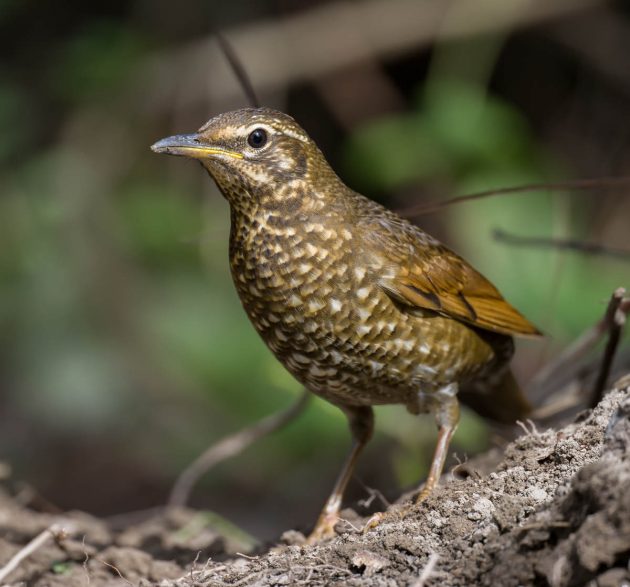
For the White-throated Rock Thrush, Wikipedia gives the slightly puzzling statement “The bird’s population is unknown, but is not increasing or declining.” Hm. We do not know anything, but we know it is not changing? Anyway, here is a female.
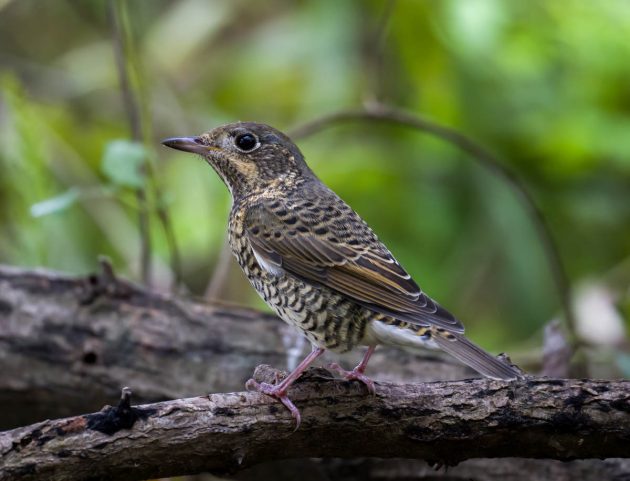
Indeed, there was just one at that spot, and the number was not increasing nor decreasing.
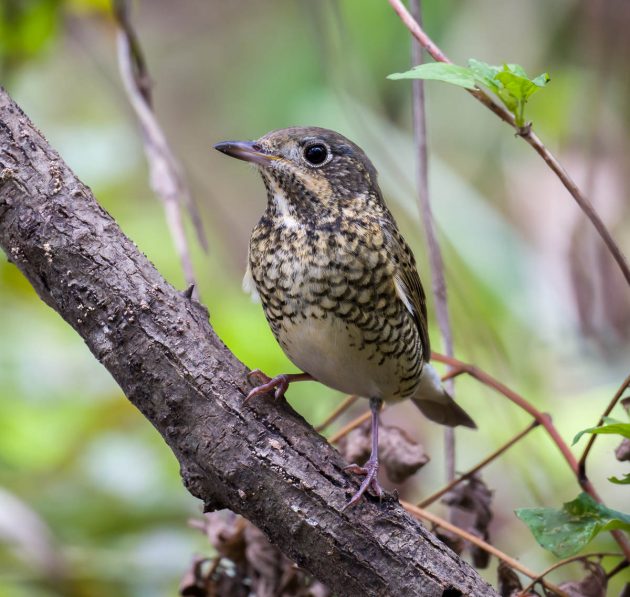
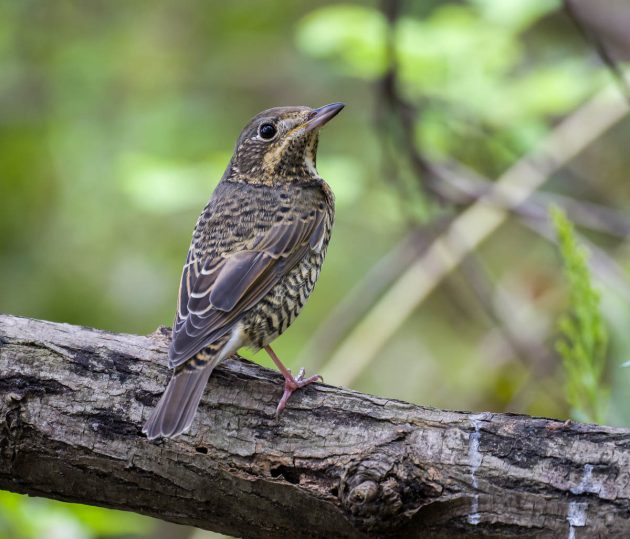
The male is easily recognized by the characteristic white throat spot that gave the bird its name. Not.
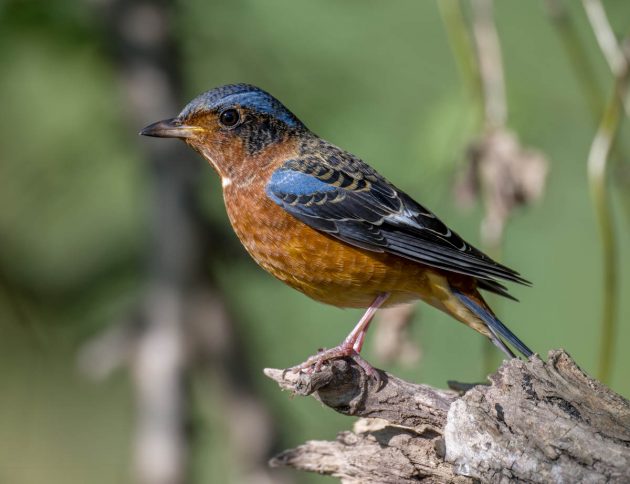
eBird states that “small white patch on throat is not obvious and difficult to see”.
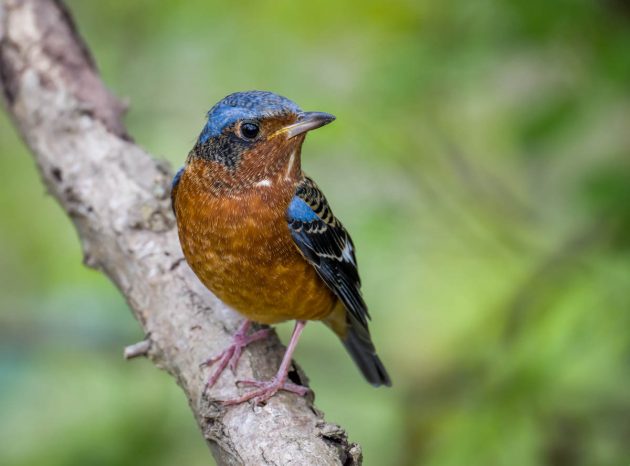
And they use a photo that I submitted as main illustration, so they must be right.
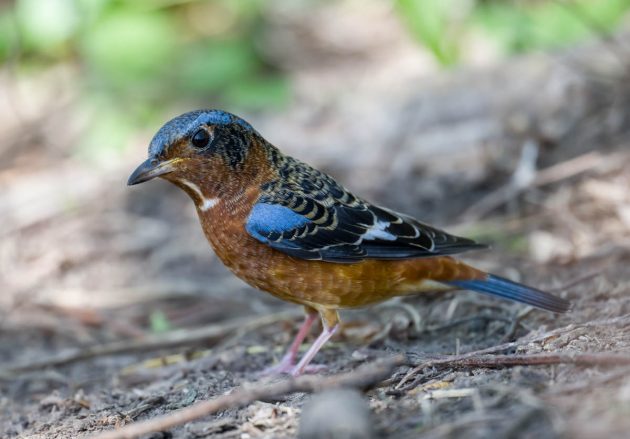
Note to self: If I am ever reincarnated as a Common Kestrel, I need to make sure not to have my photo taken while preening. It just looks stupid.
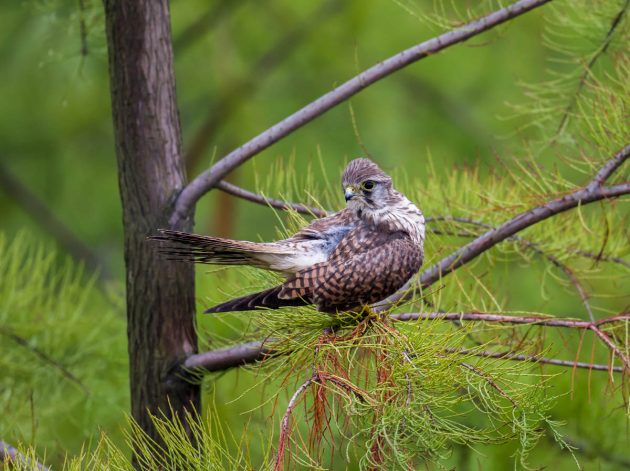
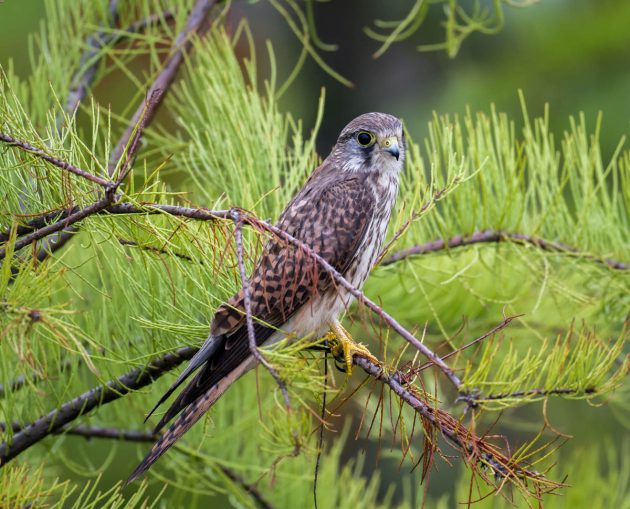
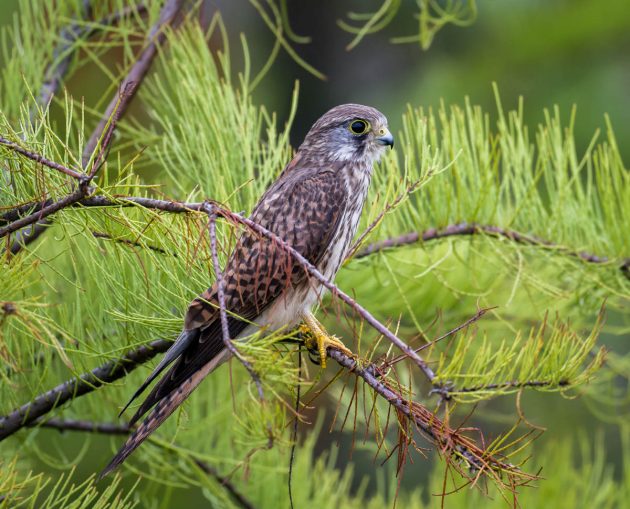
There seems to be some confusion about the classification of the Black-capped Kingfisher – within the same paragraph, the HBW claims that it is classified as Vulnerable and as Least Concern. Birdlife International seems to confirm its status as Vulnerable: “Although this species has an extremely large range and likely exceeds 10,000 mature individuals, the population trend appears to be decreasing with occupancy and reporting rate trends suggesting rapid declines within the past three generations; primarily as a result of intensive riparian management. For this reason, the species is evaluated as Vulnerable.”
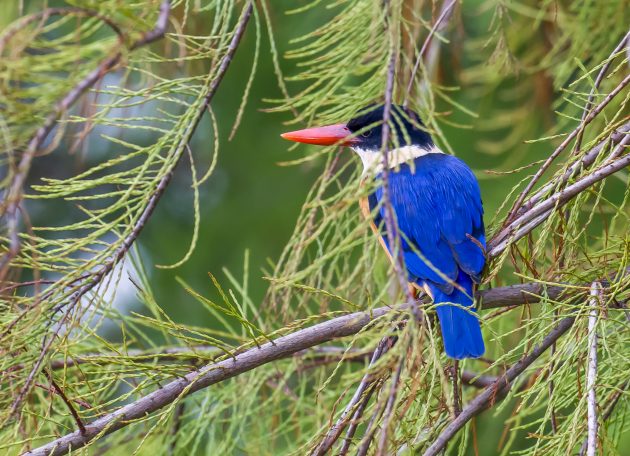
While I am generally not fond of leaf warblers due to their infuriating habit of being virtually indistinguishable (ever heard about individuality, bird?), the Sulphur-breasted Warbler gets some bonus points as it is “readily distinguished from most other leaf warblers in range by bright coloration” (eBird).
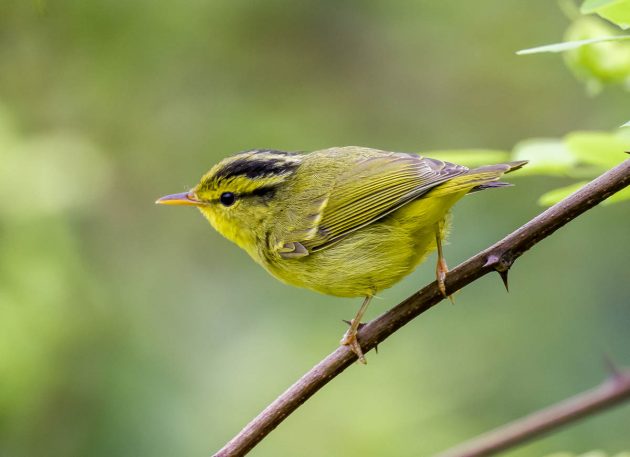
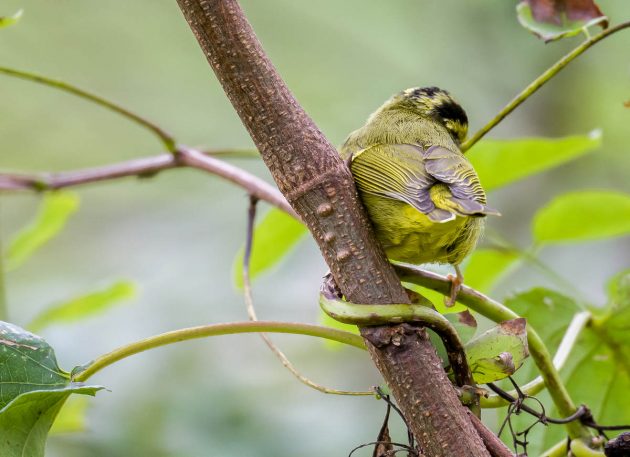
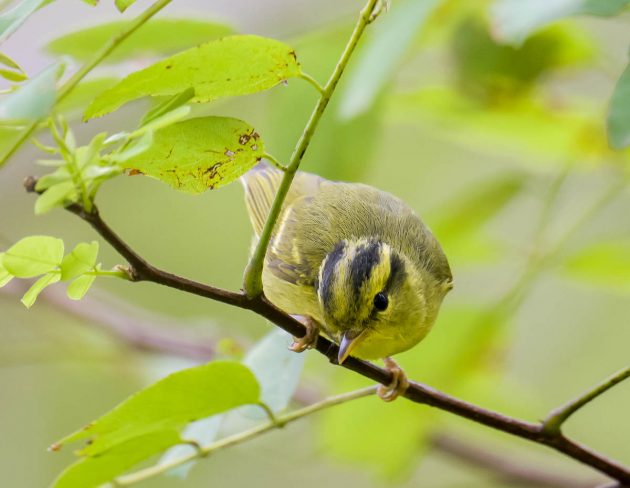
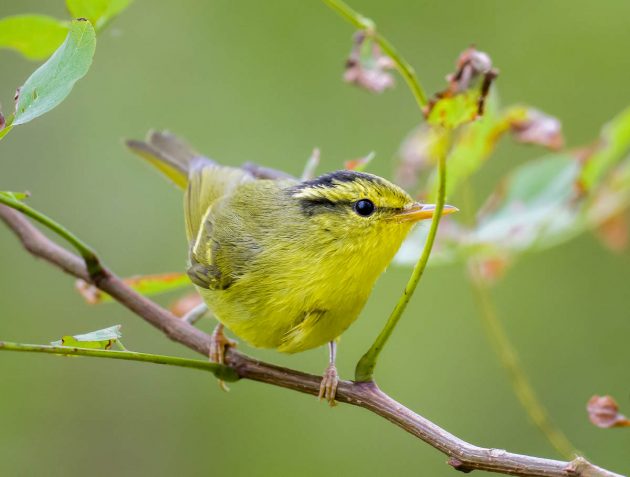
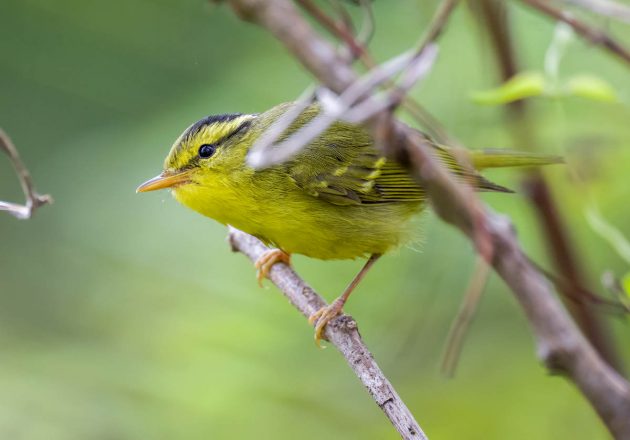
The Rufous-tailed Robin used to be called Swinhoe’s Robin but apparently, somebody decided that there were already too many bird species (6, according to the HBW) named after him.
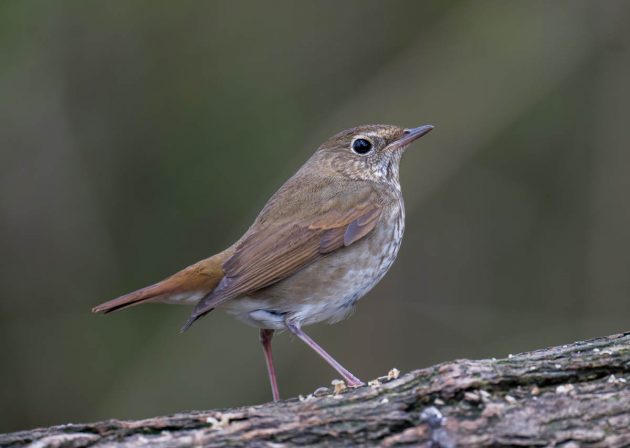
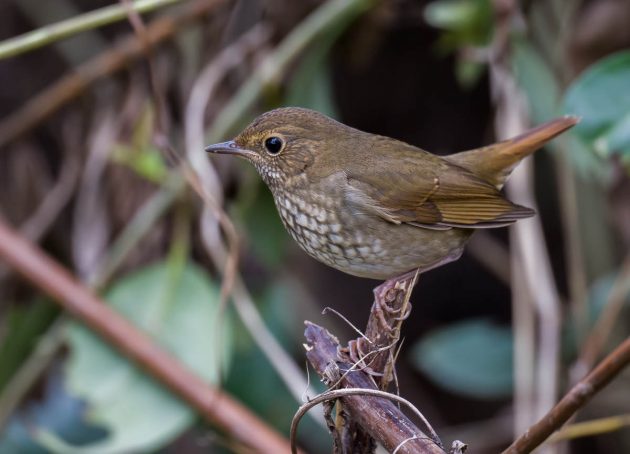
The scientific literature on the Japanese Sparrowhawk (here, a female) is a bit puzzling. On the one hand, the HBW states that the sparrowhawk occasionally feeds on “medium-sized birds, e.g. Azure-winged Magpies”. On the other hand, a paper states that the Azure-winged Magpie “nests in association with Japanese lesser sparrowhawks in order to reduce nest predation while paying few costs”, further explaining that “Observations of natural nests showed that magpies did not defend their nests when nesting close to a hawk, and that hawks rarely preyed on magpies”. Maybe for once, further research is indeed needed …
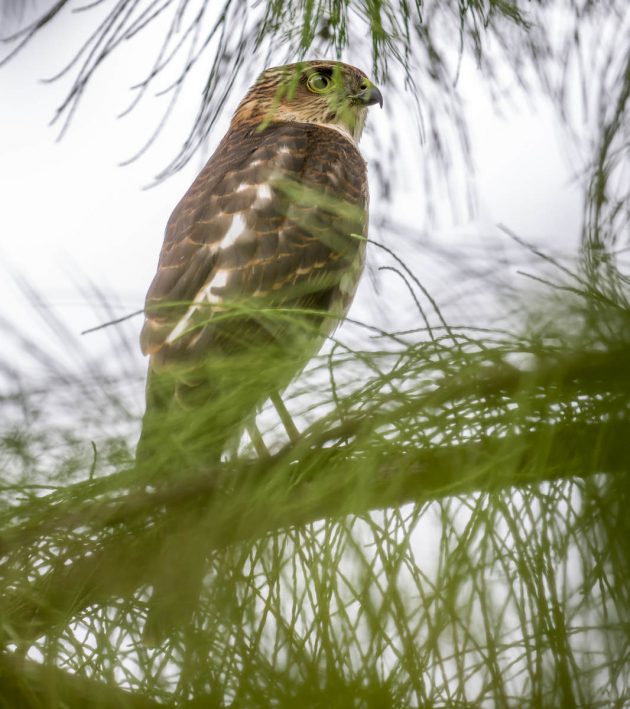
Something else that this sparrowhawk preys on is juvenile Red-flanked Bluetails, as described in a paper.
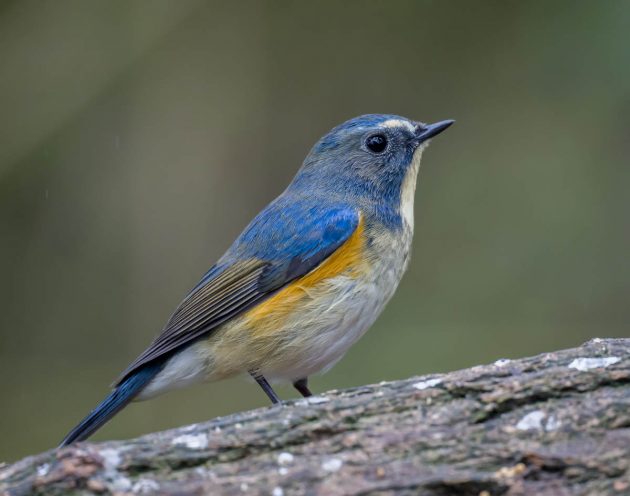
The Red-flanked Bluetail is also the subject of an otherwise relatively unremarkable paper, but it uses the interesting term “autumn obesity”.
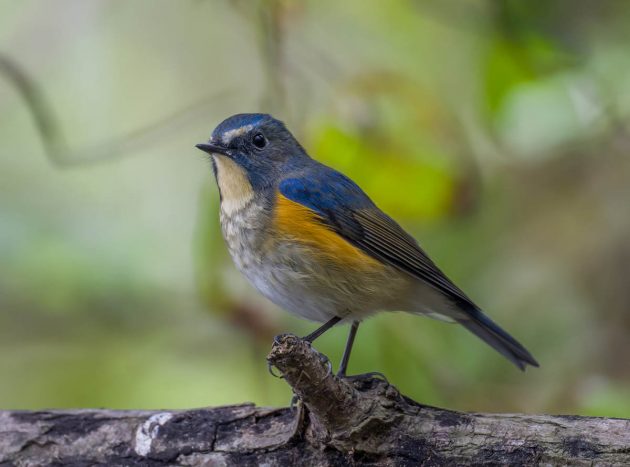
Maybe this Marsh Sandpiper also suffers from autumn obesity?
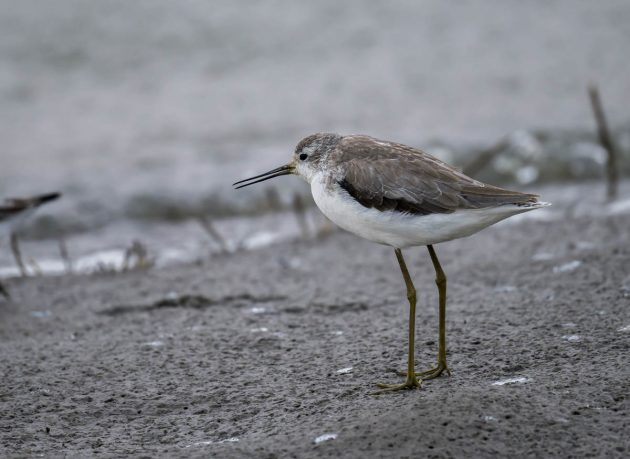
The Eurasian Hobby was another notable raptor of the month. I used to play Subbuteo as a kid … a kind of tip-kick football game that was named after this species (apparently, the inventors first wanted to name the game “Hobby” but that was rejected as too generic, or so the story goes).
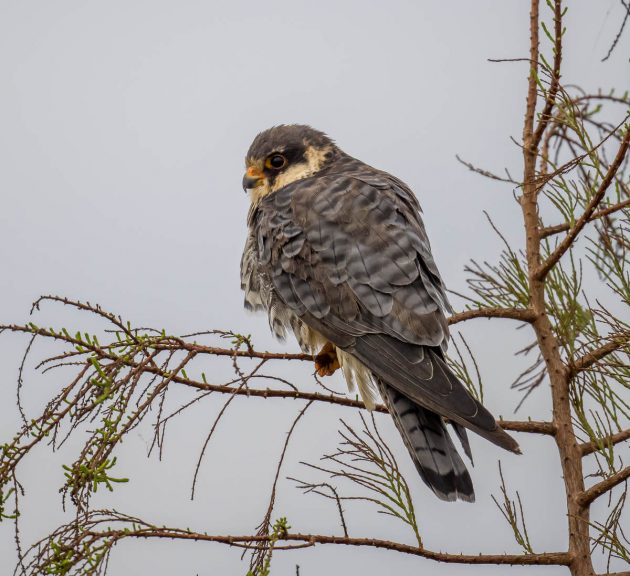
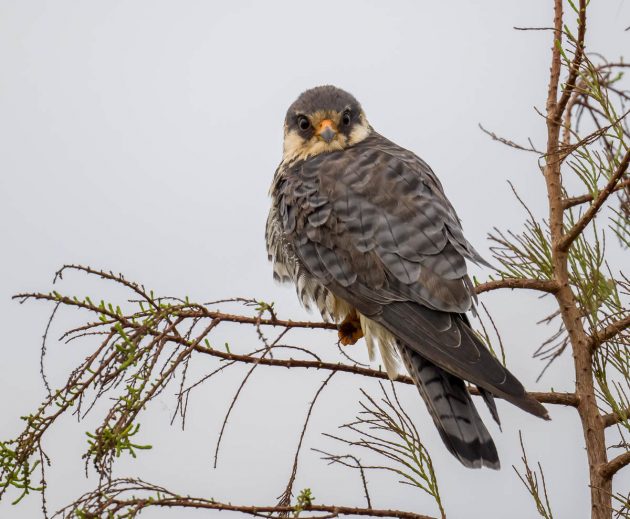
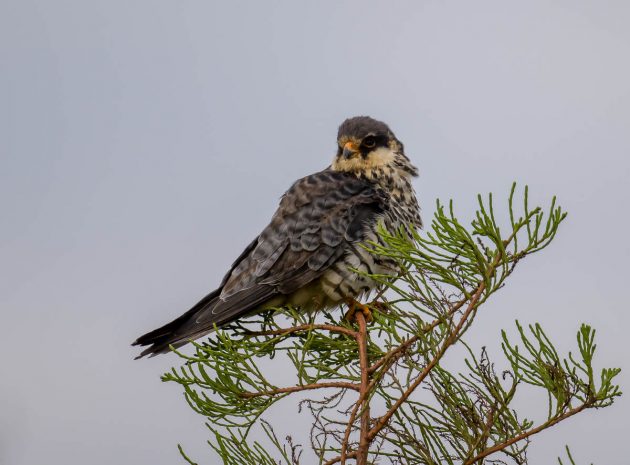
Grey-faced Buzzards pass through Shanghai in autumn.
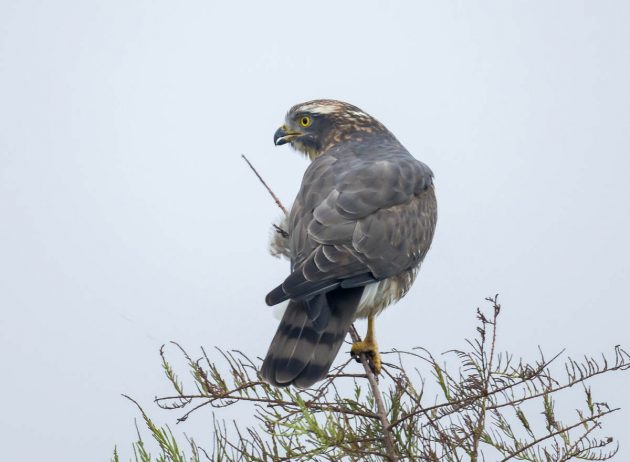
Trust scientists to prove the obvious again – Grey-faced Buzzards choose their migration routes by geography and wind, as shown in a paper aptly titled “Raptor migration in an oceanic flyway: wind and geography shape the migratory route of grey-faced buzzards in East Asia”. Sadly, this disproves my theory that migration routes of this species are mostly chosen to include scenic spots.
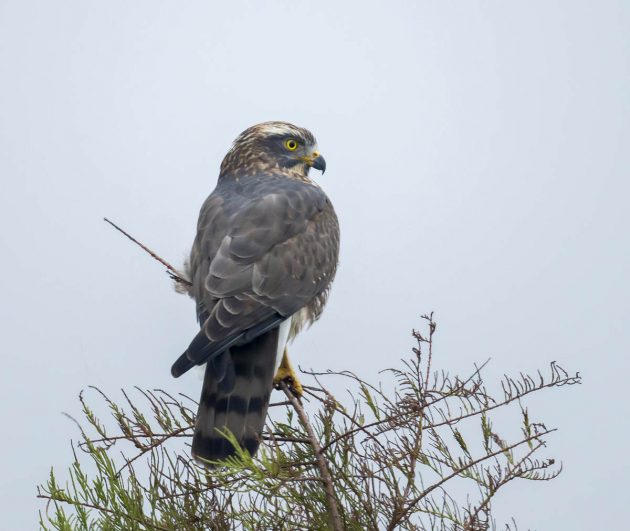
In contrast to their grey-faced relatives, Eastern Buzzards are not uncommon in Shanghai in winter.
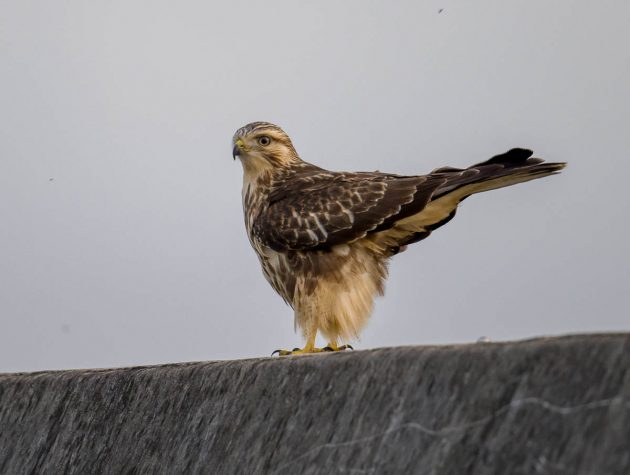
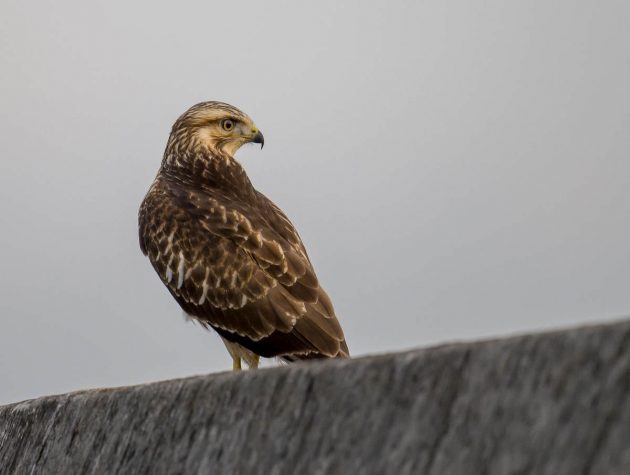
October in Shanghai also means that the Daurian Redstarts are back. They were missed.
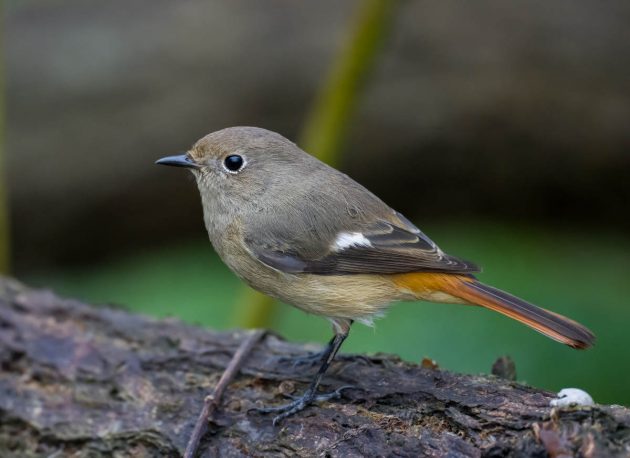
Of course, it is hard to resist looking at a paper titled “Host personality predicts cuckoo egg rejection in Daurian redstarts”. Basically, the personality of a female redstart (bold or shy) predicts the responses to parasitic eggs – bold hosts are more likely to reject parasitic eggs.
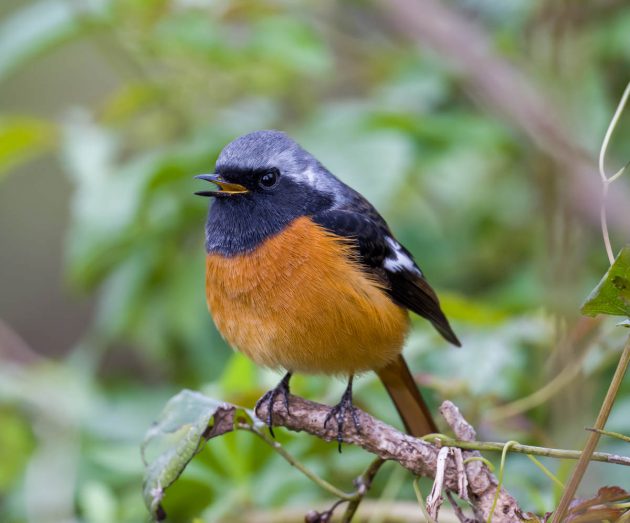
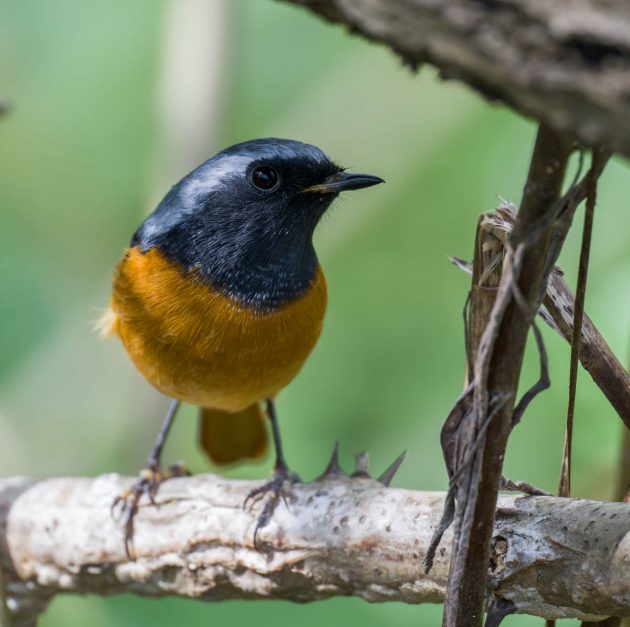
A German politician recently made some headlines for suggesting using a washcloth instead of taking a shower in order to save energy. Seemingly inspired by this, I saw a female Daurian Redstart bathing not by dipping into the water but rather by flapping around some leaves that were wet from the early morning dew. A curious sight.
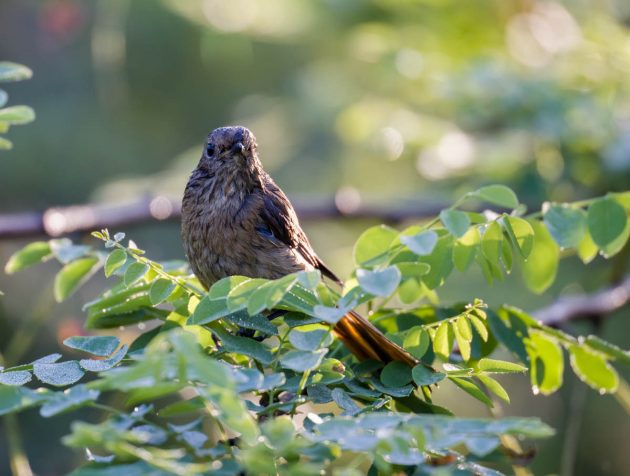
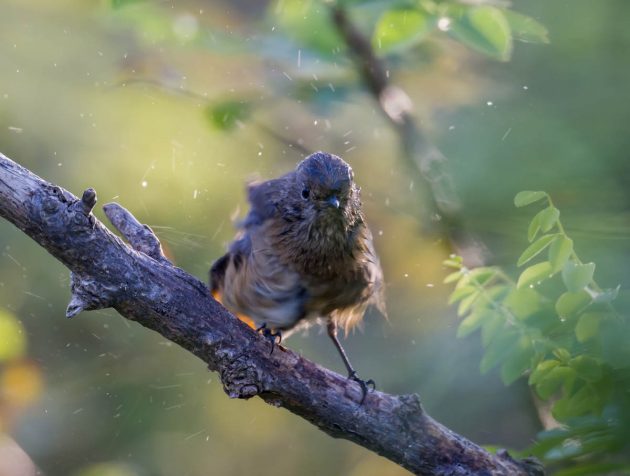
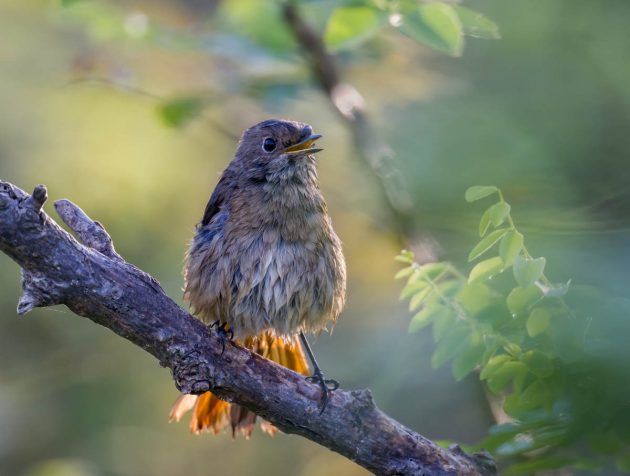
And for the last time this year: the Blue-and-white Flycatcher. Though admittedly, I only show this photo to quote the line of a Gary Larson cartoon: “The Bluebird of Happiness long absent from his life, Ned is visited by the Chicken of Depression.” No, I do not really know why this is funny, either, but I am convinced it is.
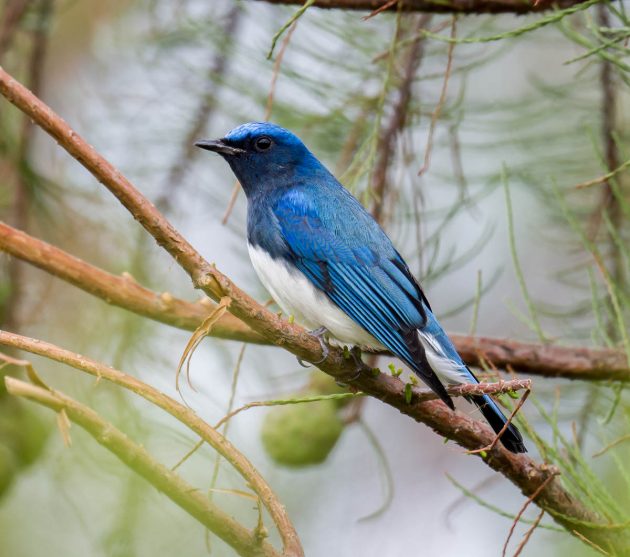
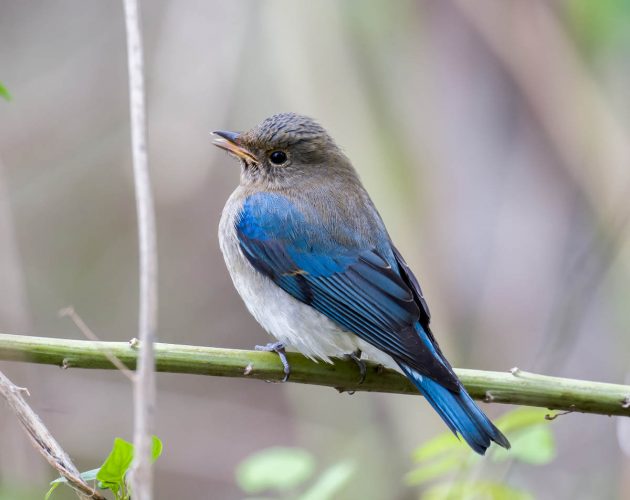
Competing with the juvenile flycatcher in the “who can have the nicest light blue color” is the Verditer Flycatcher. Also a juvenile, I think.
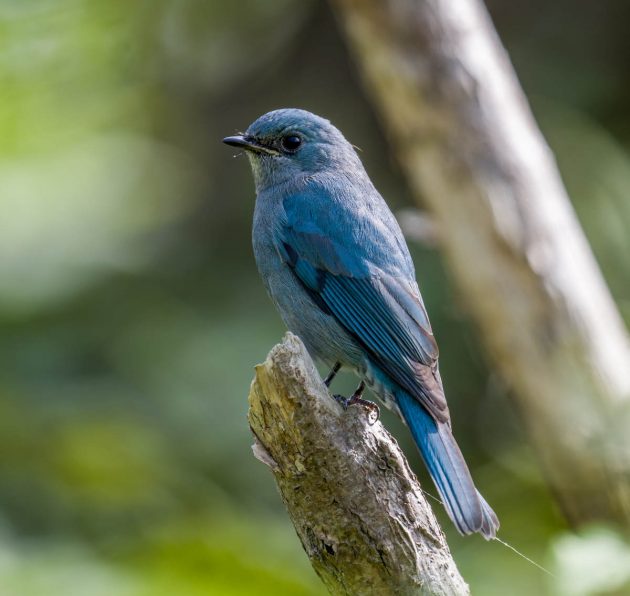
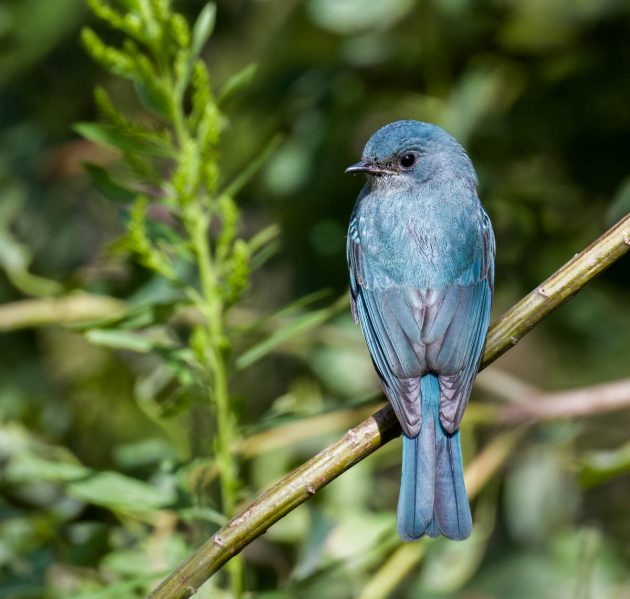
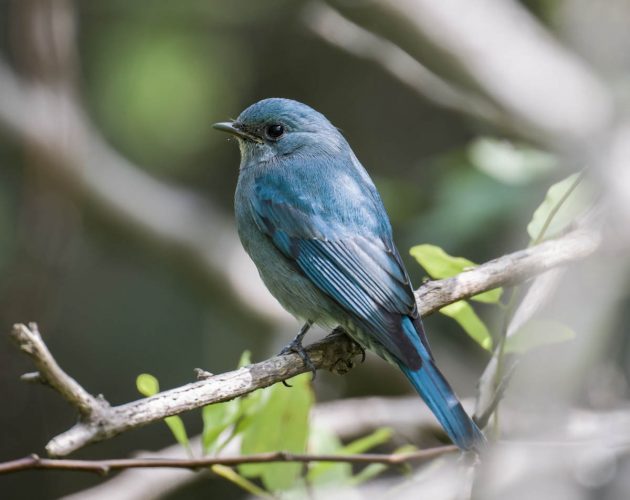
This Amur Stonechat must have read its eBird entry that it is “found in a wide variety of open landscapes, often sitting on exposed perches”. Though it is probably not very pleased with the description as a “chunky little bird”.
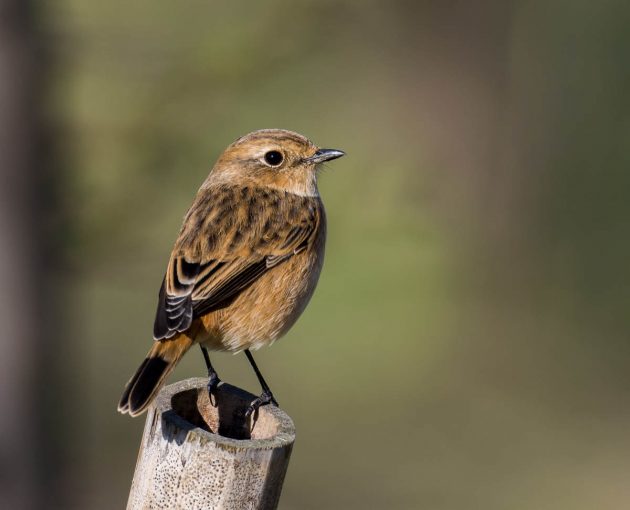
Chinese bird names tend to be fairly descriptive – why the Light-vented Bulbul is called Bai tou bei (white-headed Bulbul) is a mystery to me though. Yes, there is some white, but also a lot of black …
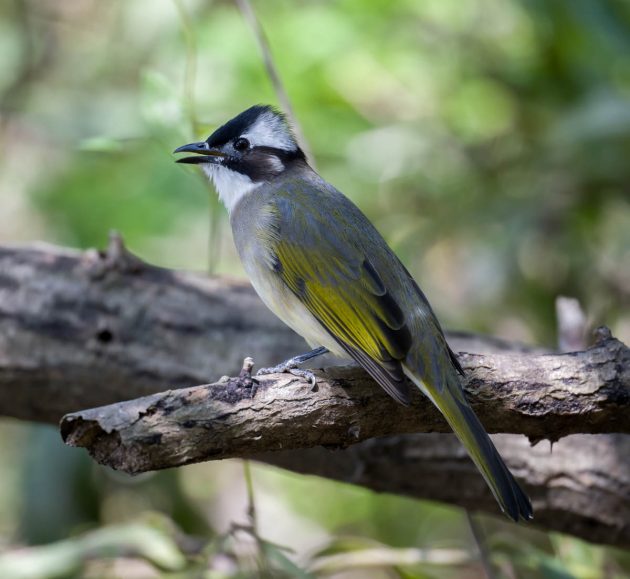
The Black-naped Oriole suffers from an abundance of subspecies – 20 are currently recognized, according to the HBW. It seems the ones I got decent photos of are all juveniles – it generally seems to be easier to get photos of juveniles as they have not quite learned to avoid humans.
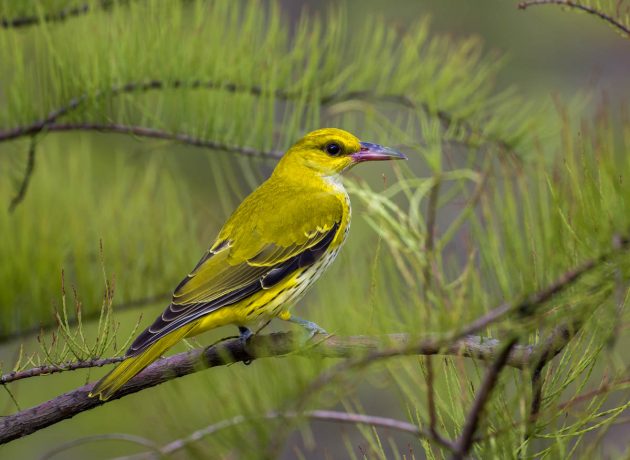
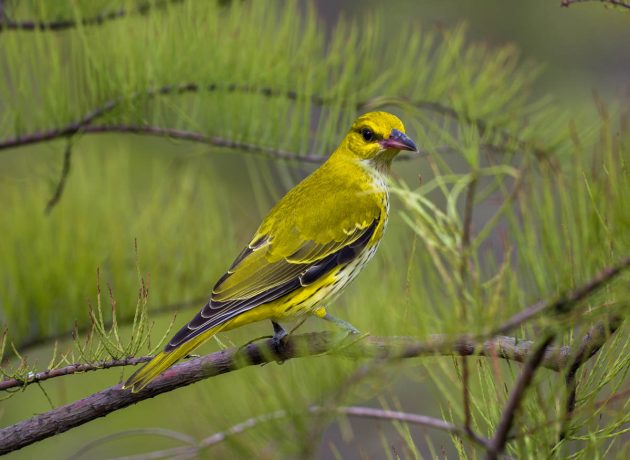
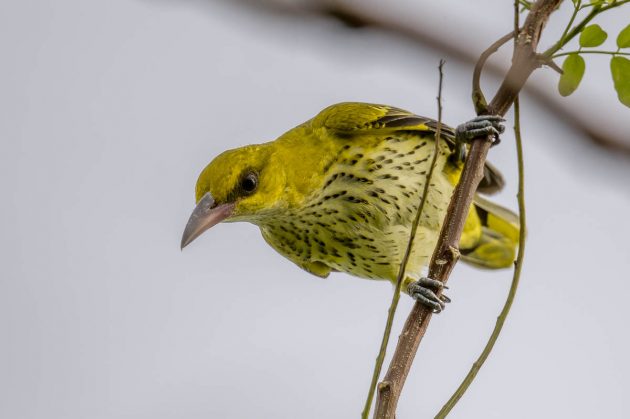
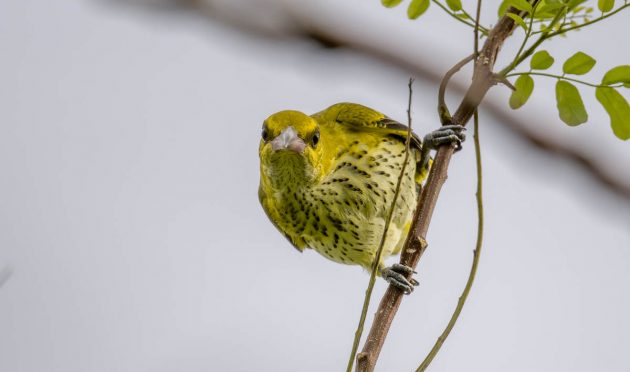
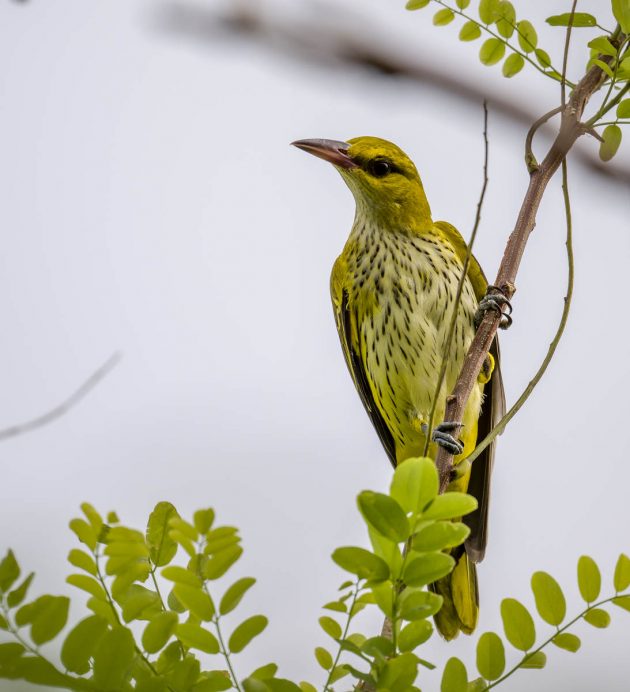
According to the HBW, the name of the Mugimaki Flycatcher combines the Japanese words mugi (wheat, barley) and maki (sowing) – apparently, “in Japan this flycatcher is seen mainly in the autumn when the farmers sow wheat and barley”. I think I could probably come up with a more interesting explanation – maybe next time I get some photos of the species …
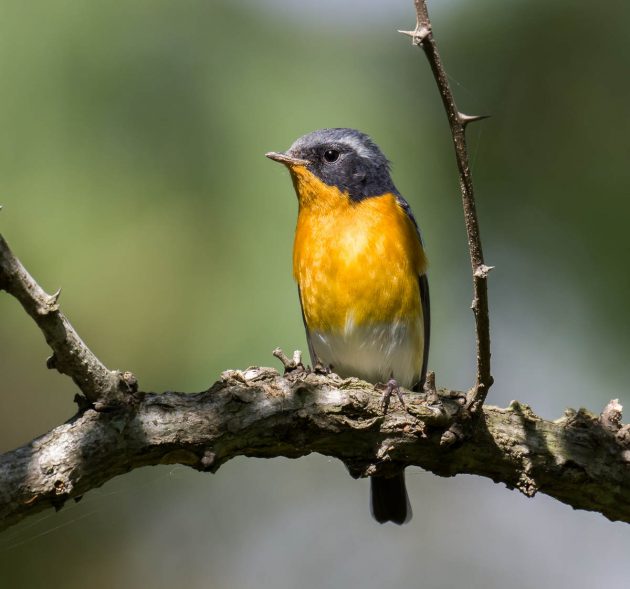
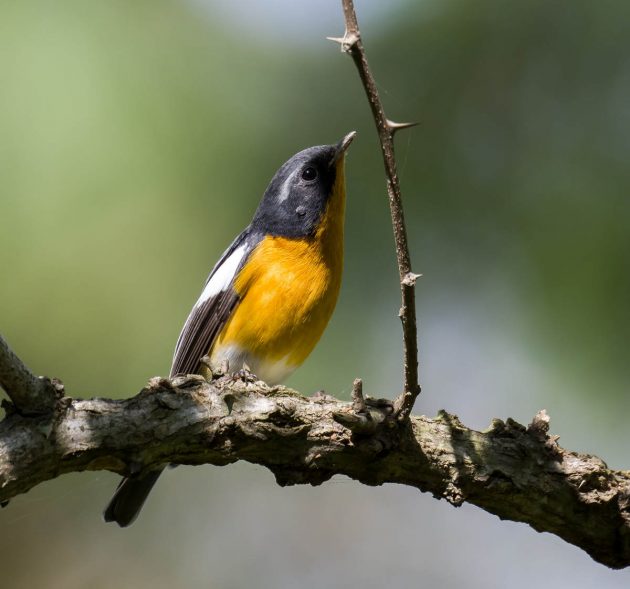
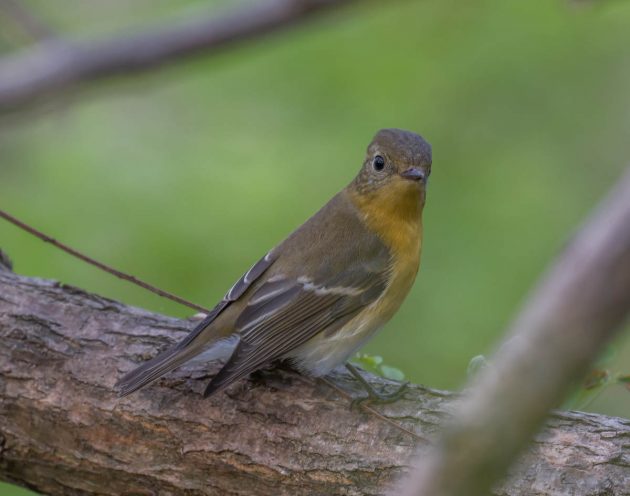
In a study possibly sponsored by the city of Chengde, China, researchers compared the health and particle matter in Eurasian Tree Sparrows in Shijiazhuang, a relatively polluted city in China, and Chengde, a less polluted one. And yes, sparrows in areas with polluted air are less healthy. Thank god that this does not apply to humans.
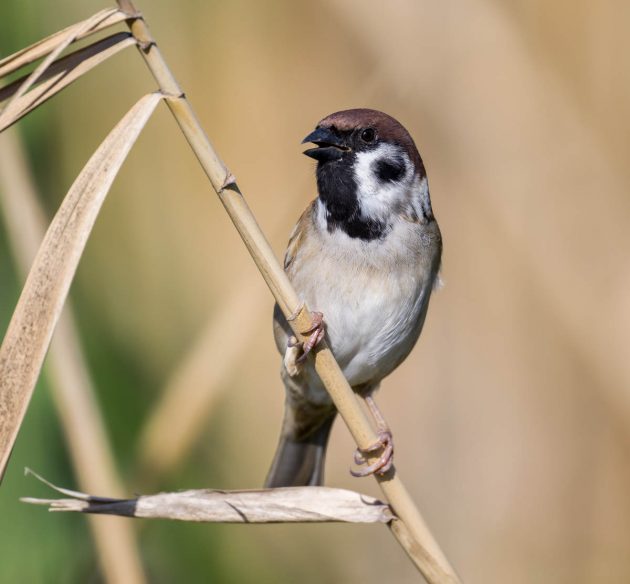
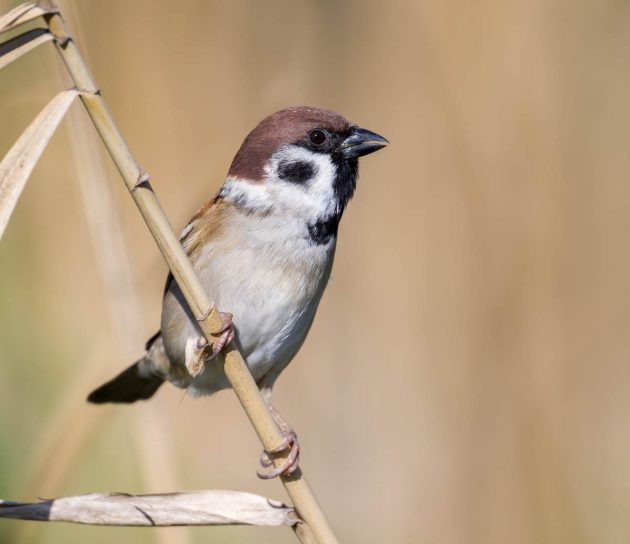
People apparently catch and eat Yellow-breasted Buntings because they think its meat has aphrodisiac properties (source), which leads to it being categorized as Critically Endangered. Sometimes being a member of the human race feels very embarrassing.
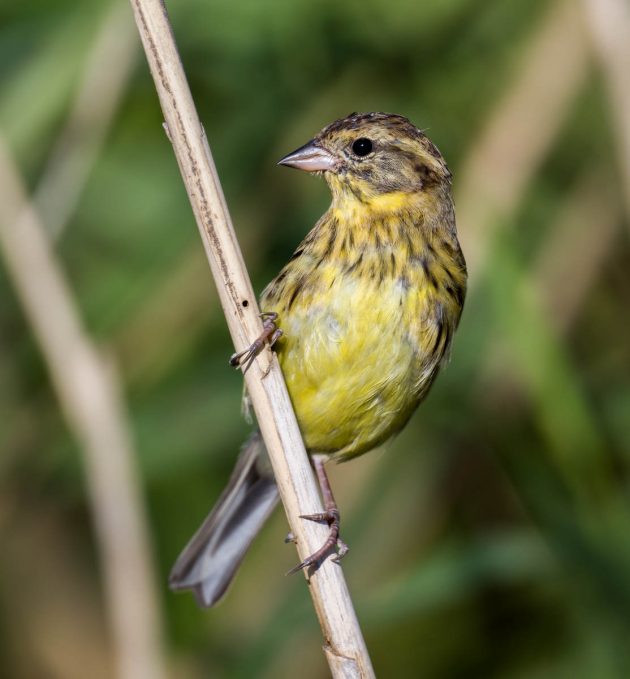
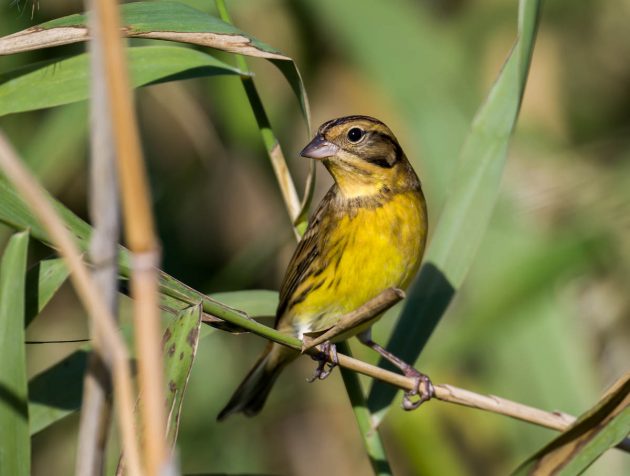
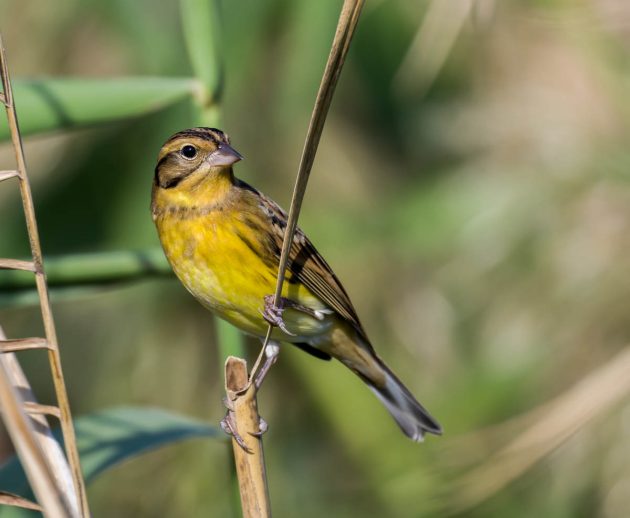
Despite “Elegant” not being the name of a slave-owning naturalist, the bird previously called Elegant Bunting got renamed and is now called the Yellow-throated Bunting. The Latin species name, however, is still elegans. And it is still justified.
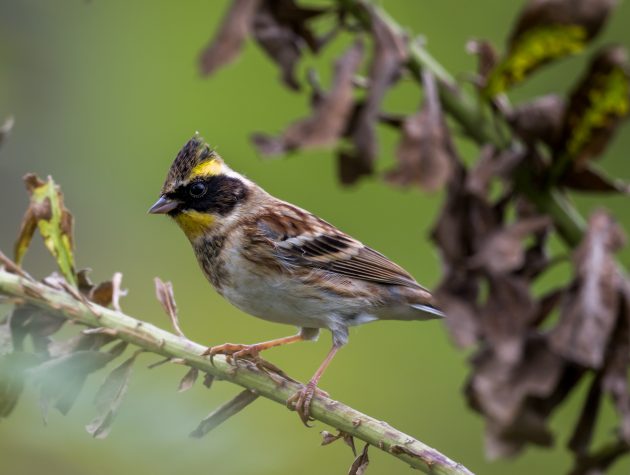
Do you have problems getting good sleep when artificial lighting is on? You may be glad to hear that Chestnut Buntings also have an issue with this. According to a study done with this species, “artificial light mainly delayed sleep onset, reduced sleep duration and increased frequency of awakenings”.
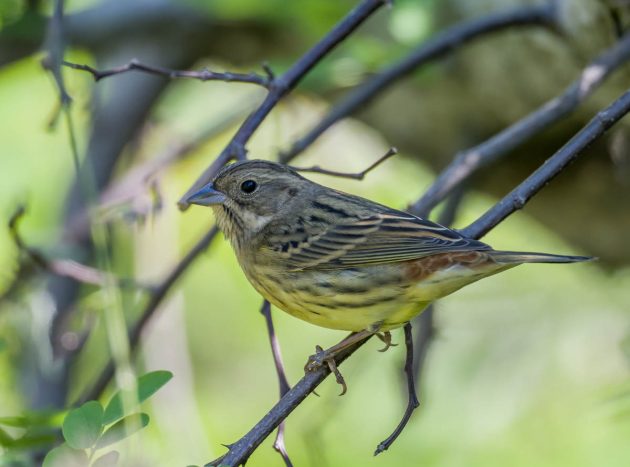
The common name for White’s Thrush among Shanghai birders is hu ban di dong, or Tiger stripe thrush (the official name is Huai shi hu dong, with the first two syllables presumably being a translation of the “White’s” into pinyin). Not a bad name and a good reason to show this species again.
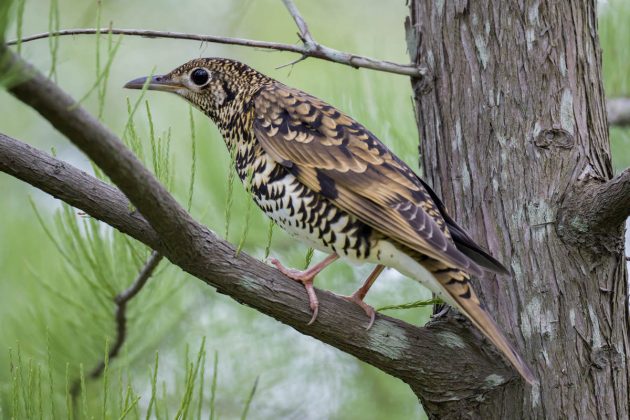
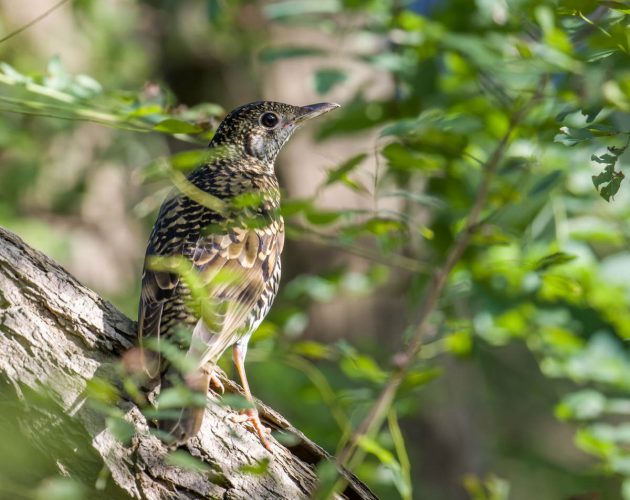
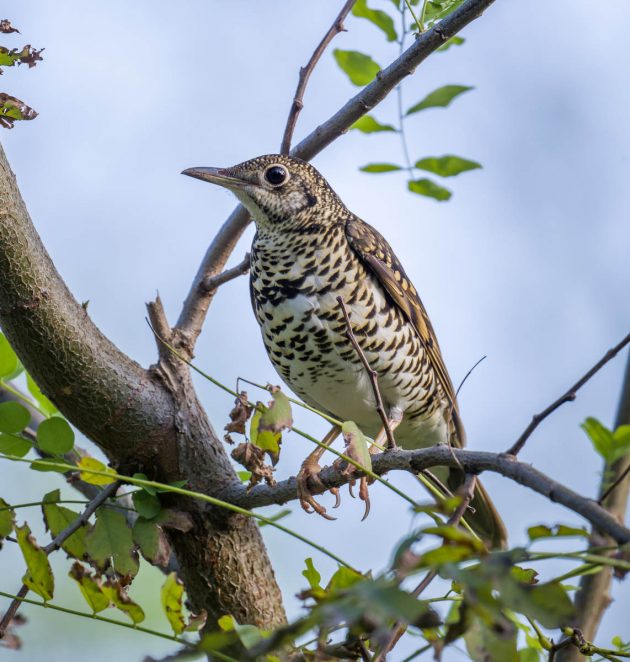
With regard to the Grey-backed Thrush, “further research should focus on identification of nest predators, implications of nest exposure and begging calls on nesting success, and breeding habitat requirements at different spatial and temporal scales of Grey-backed Thrush in fragmented landscapes of northeast China.” Say Daqing Zhou, Chunfa Zhou, Xiangkun Kong, and Wenhong Deng, the four authors of a paper on the species. Well.
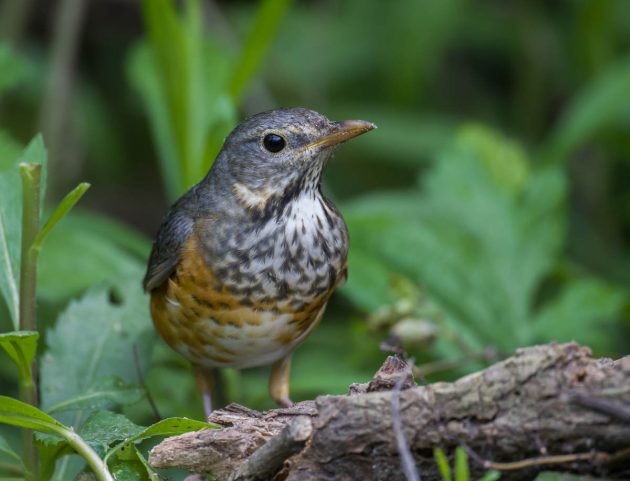
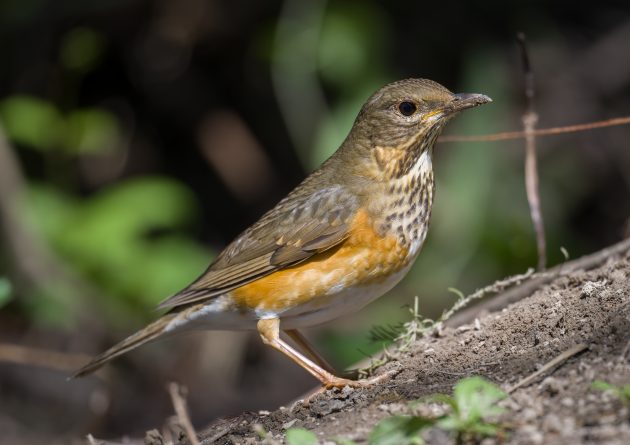
The Pale Thrush is the invisible office worker among the thrushes passing Shanghai these days. Quite a few of them also winter in Shanghai, maybe working in temp jobs.
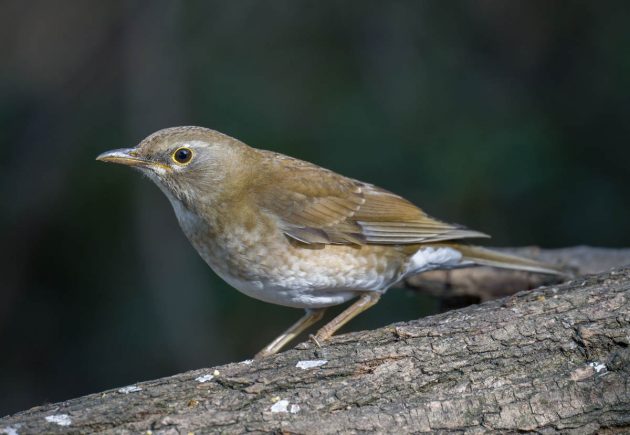
Given the dislike many Chinese have for all things Japanese, it is not surprising that the Chinese name of the Japanese Thrush is “Wu hui dong”, Black grey thrush, rather than Japanese Thrush.
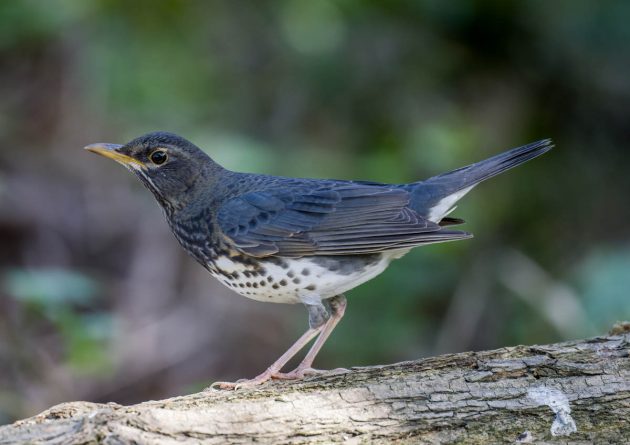
For those males who pride themselves on being good karaoke singers, it may be pleasing to hear that among male Japanese Thrushes, males breeding with two females tended to have more various trills than monogamous male breeders (source).
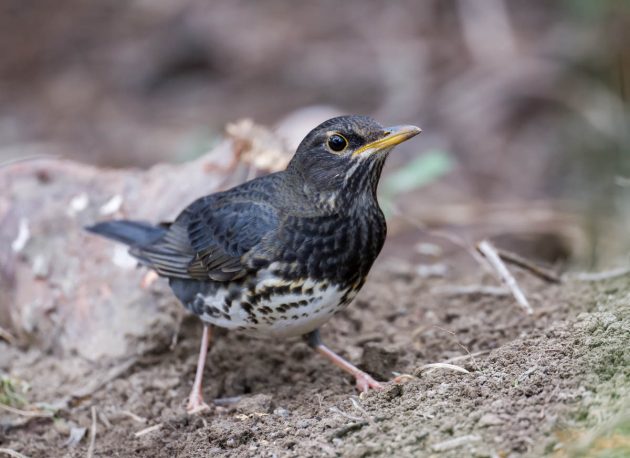
I know I have quoted it before, but here it is again – a line from Alan Power’s “Prodigal Son“:
“It didn’t take much for you to fall under my spell
But up until then you’d never seen karaoke sung well”
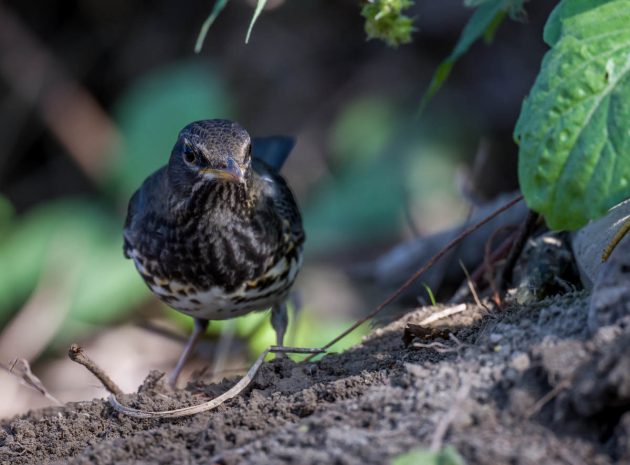
When given a choice of a mating partner, Japanese Quail of both sexes prefer a first cousin of the opposite sex (source). Sounds a bit like inbreeding to me, but the bird I saw had only one head, so it should be ok.
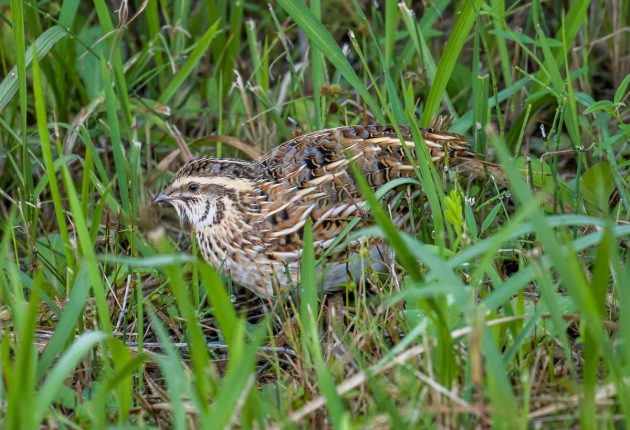
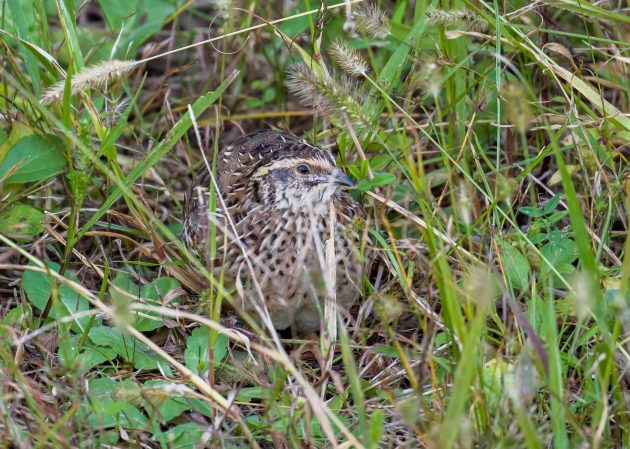
They can also learn phonetic categories (source).
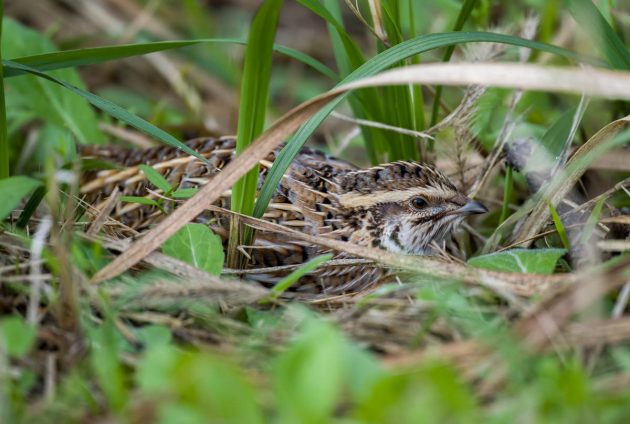
They are also raised commercially for meat and eggs, as described in that beacon of ornithological knowledge, the World’s Poultry Science Journal.
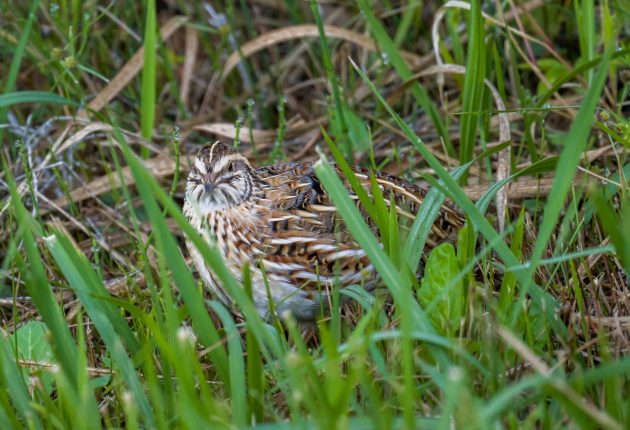
The Latin name of the Bull-headed Shrike is bucephalus, which apparently means big-headed or bull-headed, rather than being named after Alexander’s horse Bucephalus (which had been my guess).

Male Brownish-flanked Bush Warblers with a greater repertoire of songs are able to hold their territory longer than those with smaller repertoires (source). When I was still playing guitar, my repertoire was rather small. Makes me wonder.
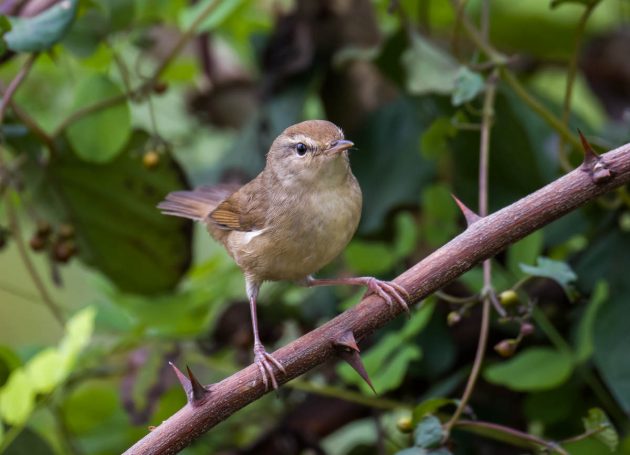
Also, it does not seem to be quite clear what the correct name is for the bird – “brown-flanked” or “brownish-flanked”? Brownish seems to match reality a bit better (I think) but the HBW goes for “brown-flanked” despite describing the bird as having “brownish-olive flanks” (and adding a rather unflattering overall description as “a medium-sized bush-warbler with an undistinguished face pattern”.
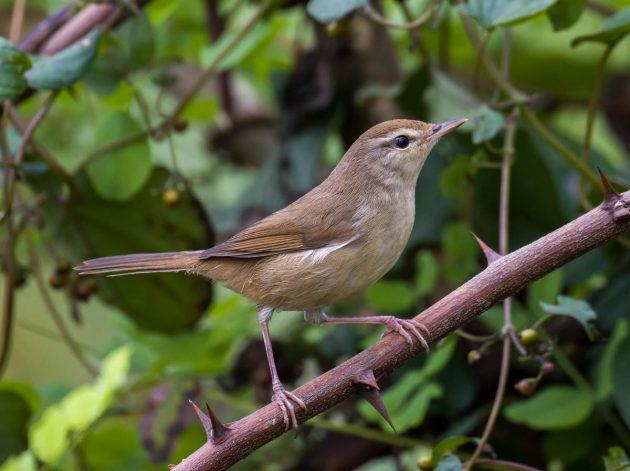
I am surprised there are – at least to my knowledge – no plush toys representing Dunlins. They seem to be perfect for that role.
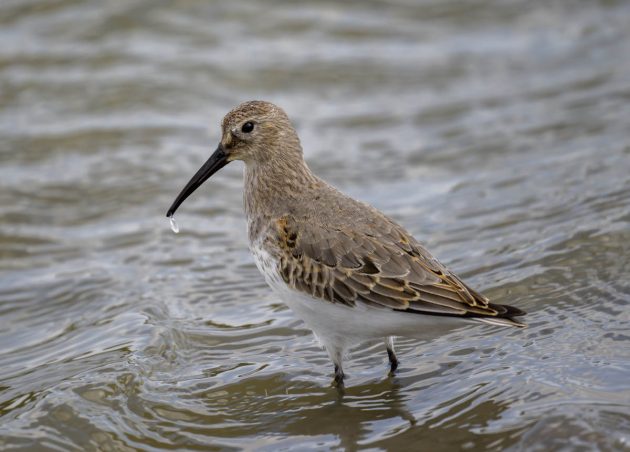
And if marketing people were then asked to come up with a premium version of the Dunlin, the result would probably be the Curlew Sandpiper. Adding to the exclusivity of the premium version is the fact that the species is classified as Near Threatened.
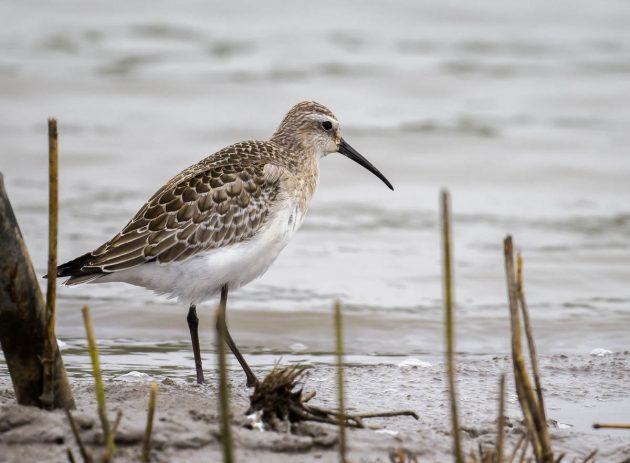
These two species have downturned bills – the Pied Avocet prefers the other direction. How is that for a pointless link between species? Maybe I should have stuck with the classic Monty Python “And now for something completely different” …
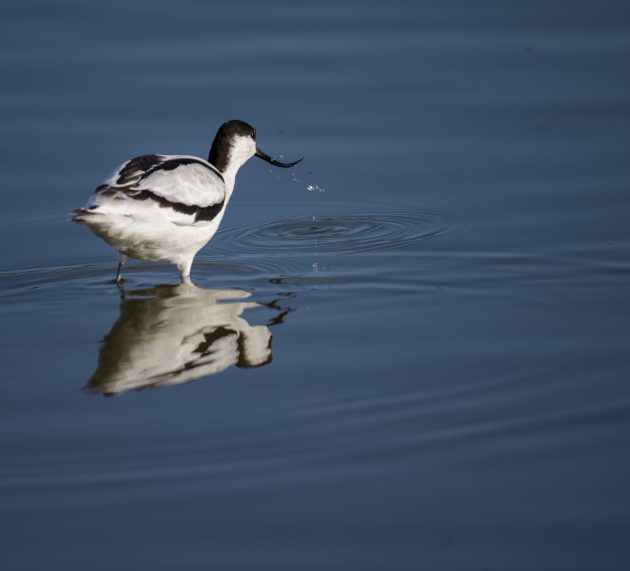
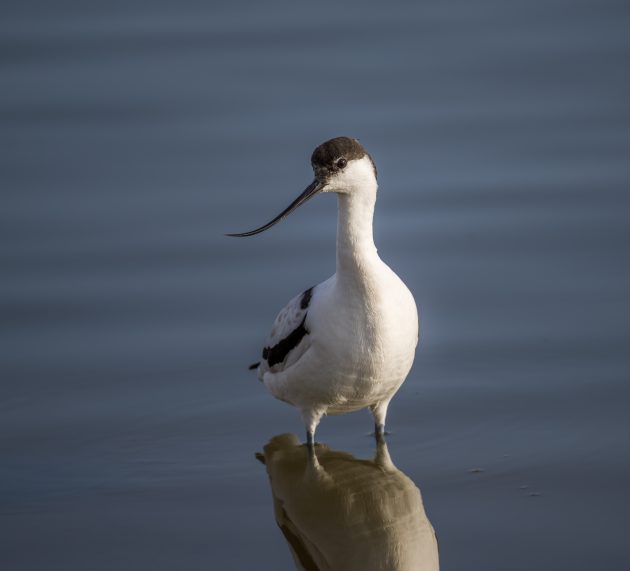
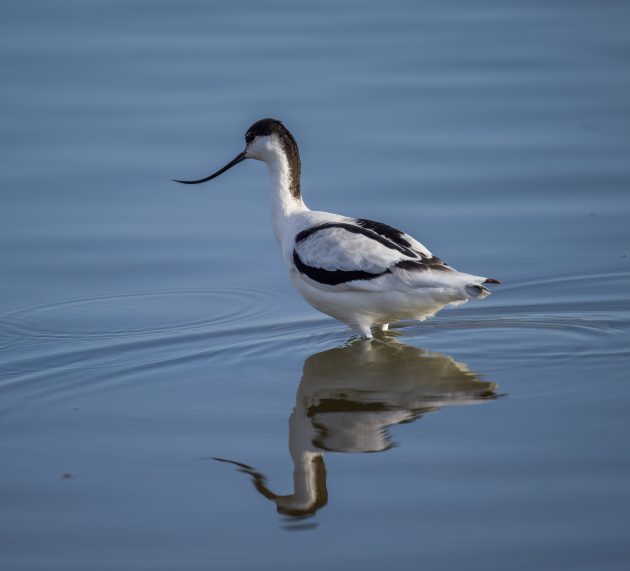
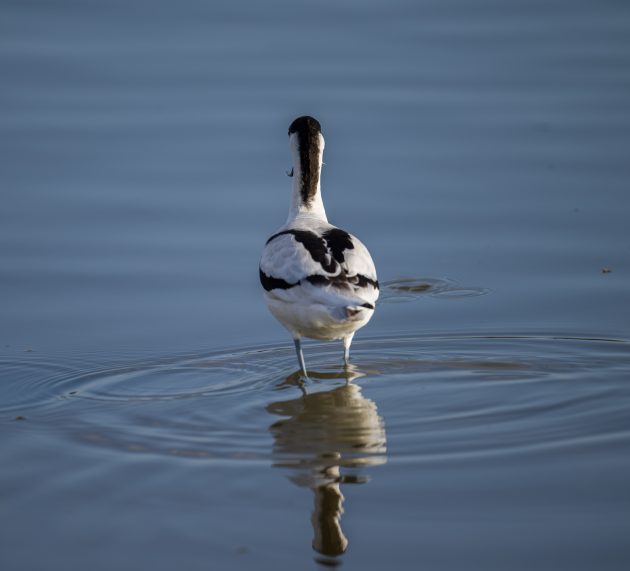
While Black Drongos usually feed during the daytime, some have apparently shifted their working hours to make use of electric light which attracts insects (source). Not this one though.
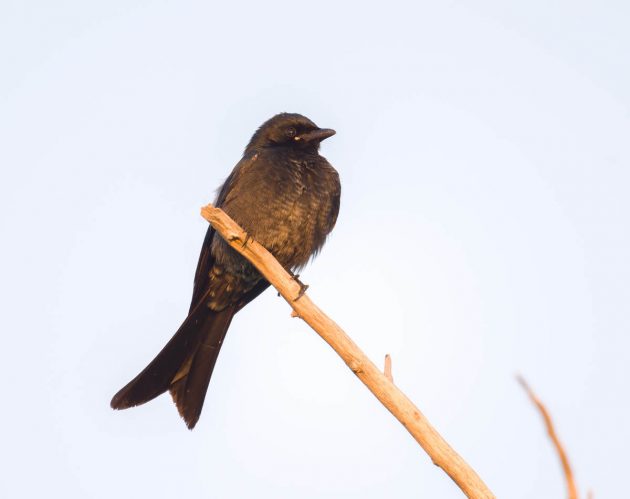
Finally, another Oriental Scops Owl made a late experience – too late to be featured in my blog post on that species, but I do not need a reason to show a few more photos of this bird.
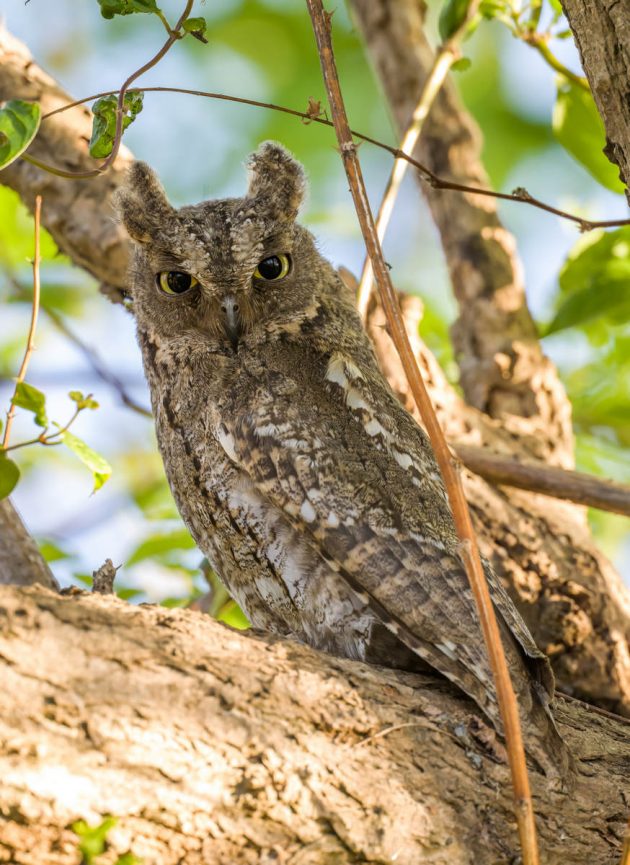
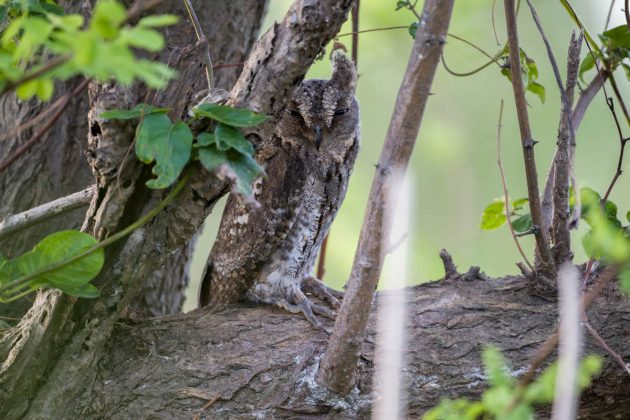
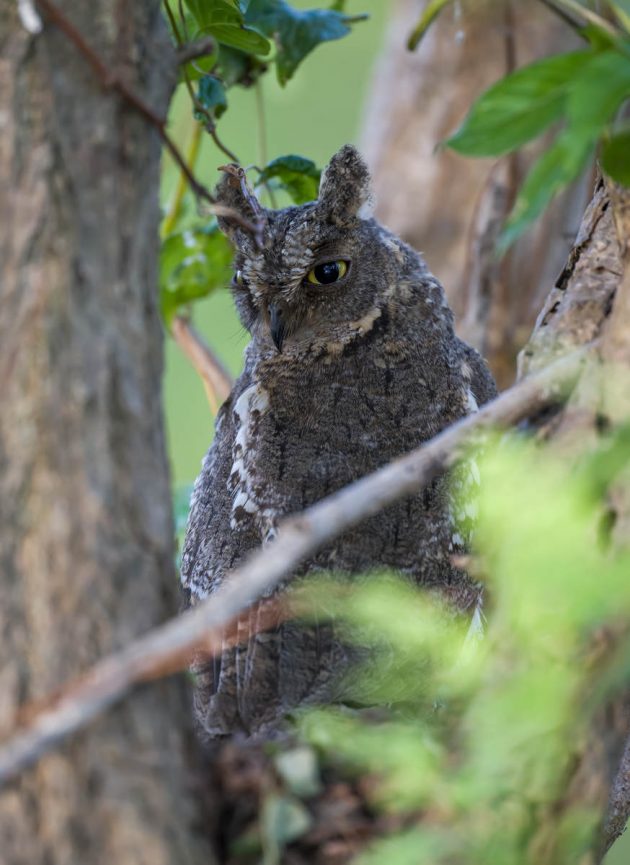
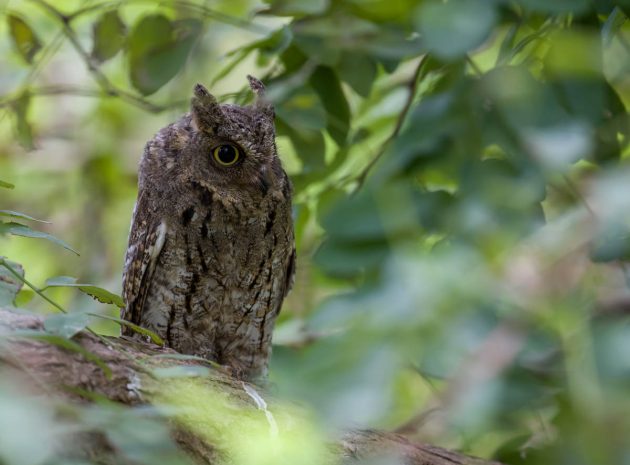
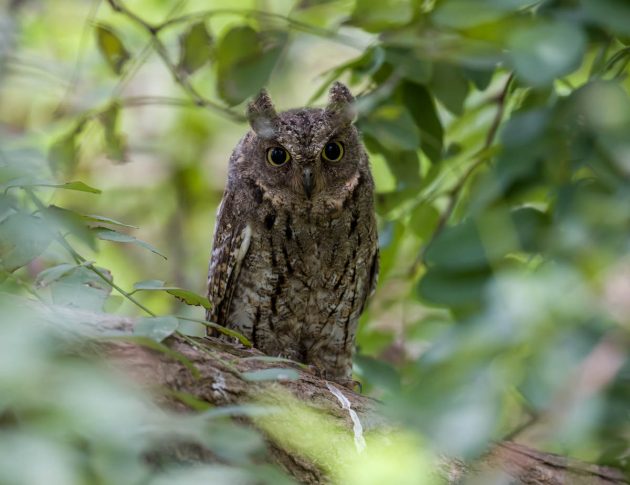
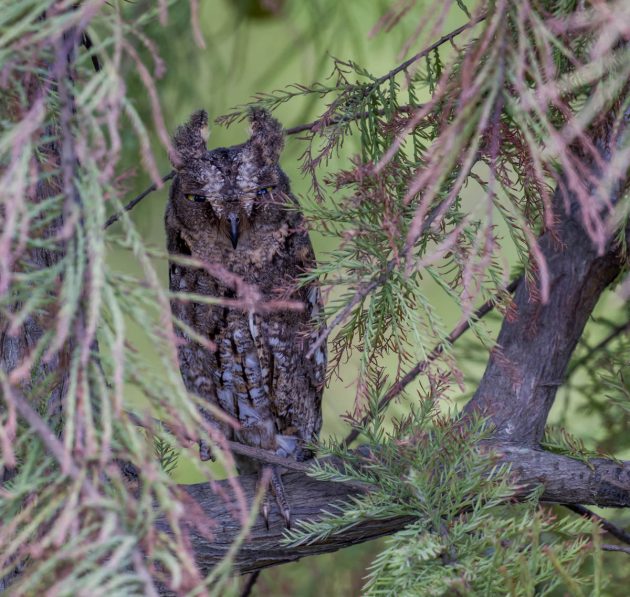











I’m just visiting Shanghai for few days, and just by walking city center I already spotted few species that I’m not familiar with. thanks for the article, your sense of humor is hilarious! very funny and educational
Thanks, Olga! I am afraid you are unlikely to see most of the species shown in this post in the city center – for that, you would have to go to Nanhui or maybe Chongming … though I guess you will already have seen a Light-vented Bulbul …
I actually did! I’m easily impressed with new birds in trips abroad.
but those were quite sneaky and shy.
I hope to be able to find some time to visit a bigger park, not very far though. Could you maybe recommend some parks/sports in particular? thanks!
Olga, many Shanghai birders go to Century Park, a big park in Pudong with its own subway station (line 2) and thus fairly easy to reach. I am not very familiar with it but as it is large, it should have more species than most other parks. The other places to go to (Nanhui, Chongming) are quite far out and can only be reached with your own transportation , I am afraid … I hope this helps.
thank you so much for suggestion!
I hope I’ll get there. for now I spotted Yellow-billed Grosbeak and
Oriental Magpie-Robin, that I liked.
not sure that you’re interested, but I’m really excited 🙂
Congratulations, Olga – these two are not particularly rare but nice nevertheless. Another species that falls under this category is the Daurian Redstart, particularly the male – I have just seen the first few of them arriving in the past few days, so there is a good chance you will see them in Century Park. Good luck!